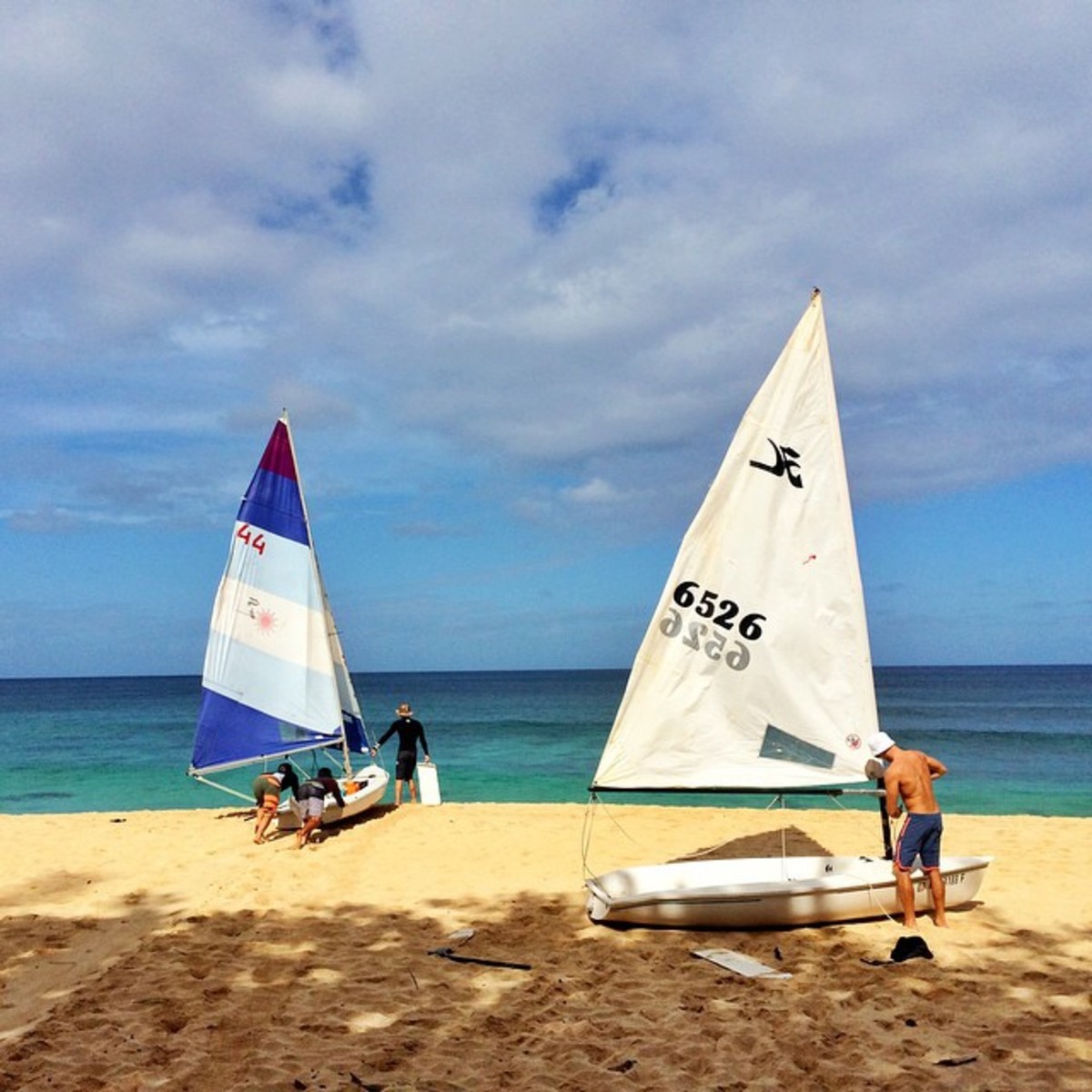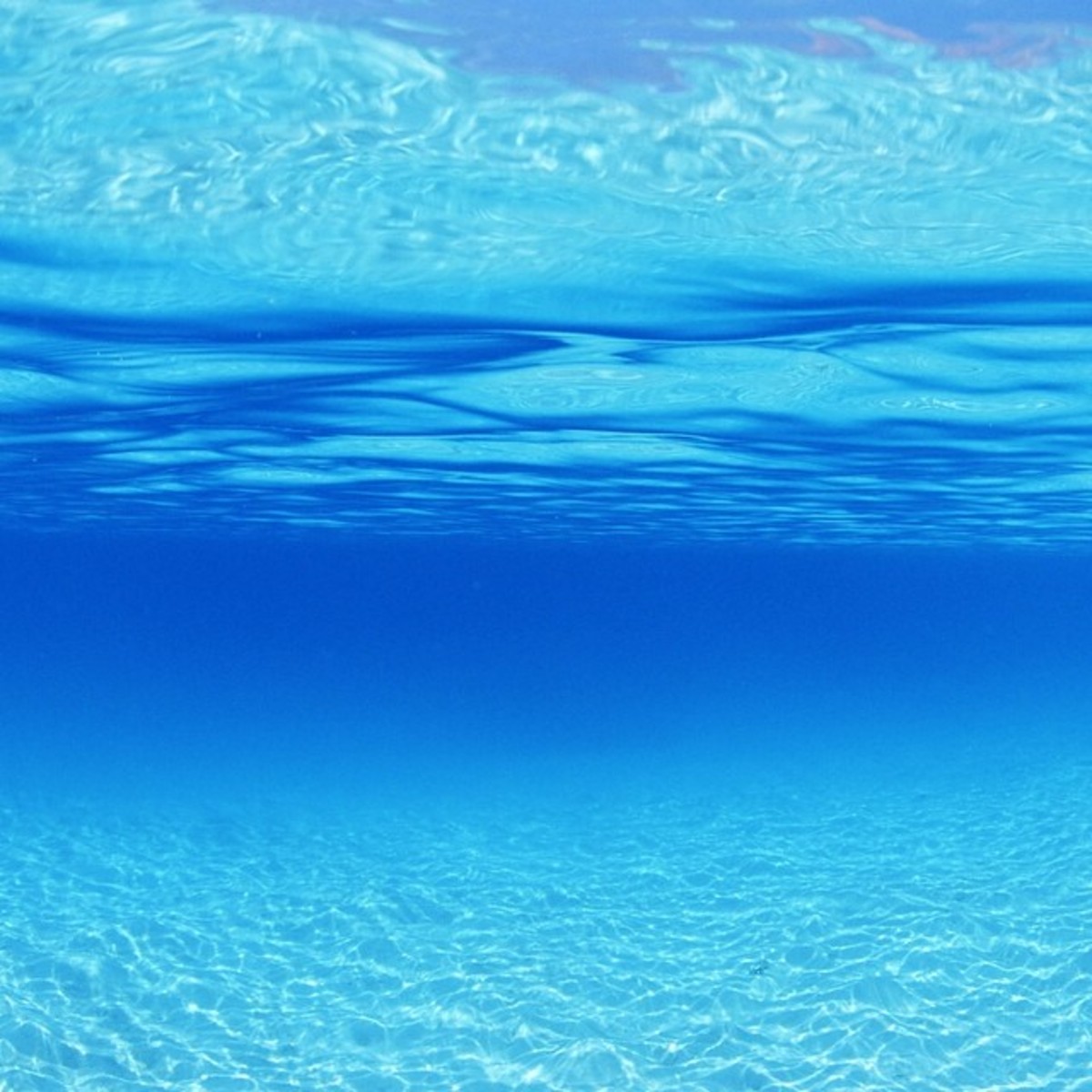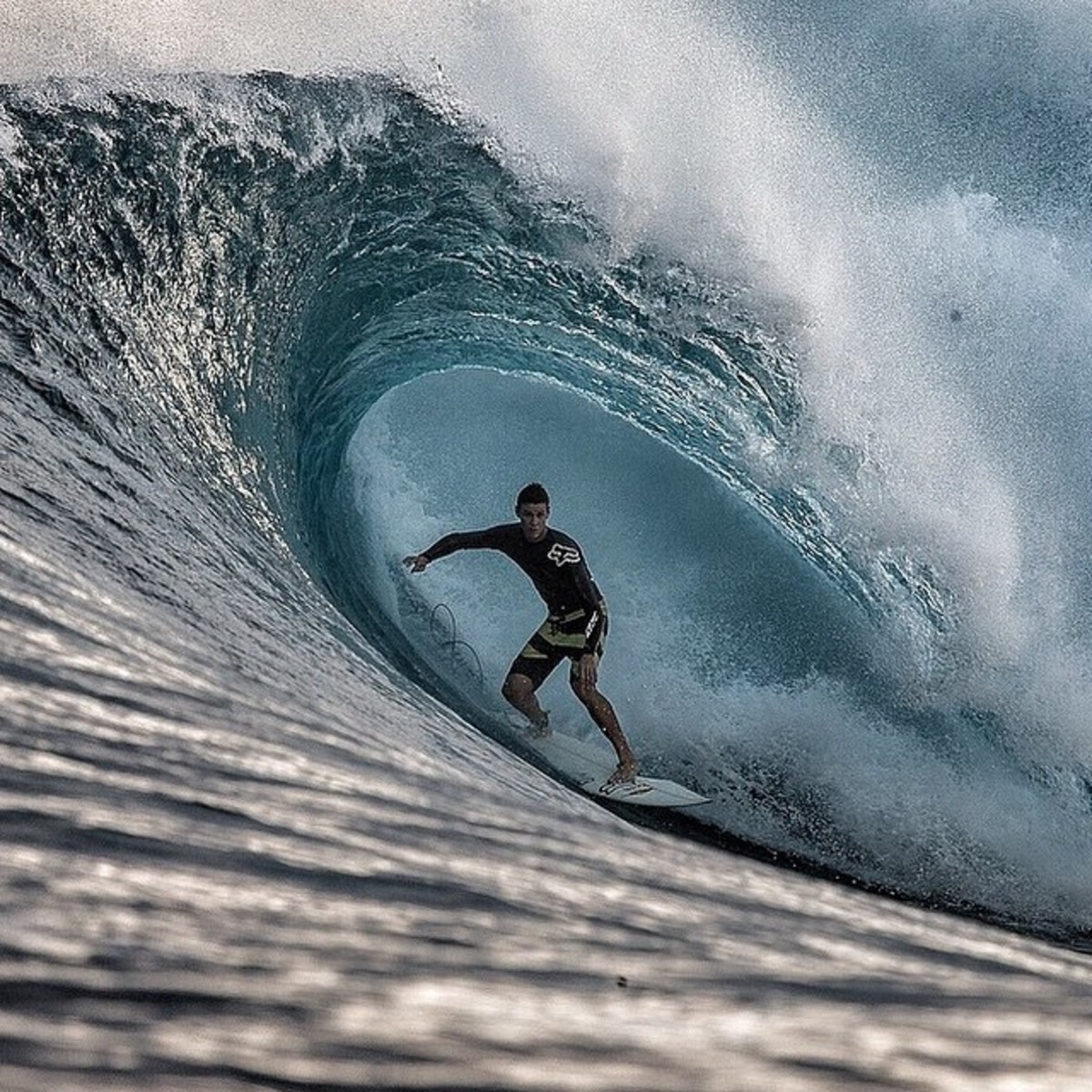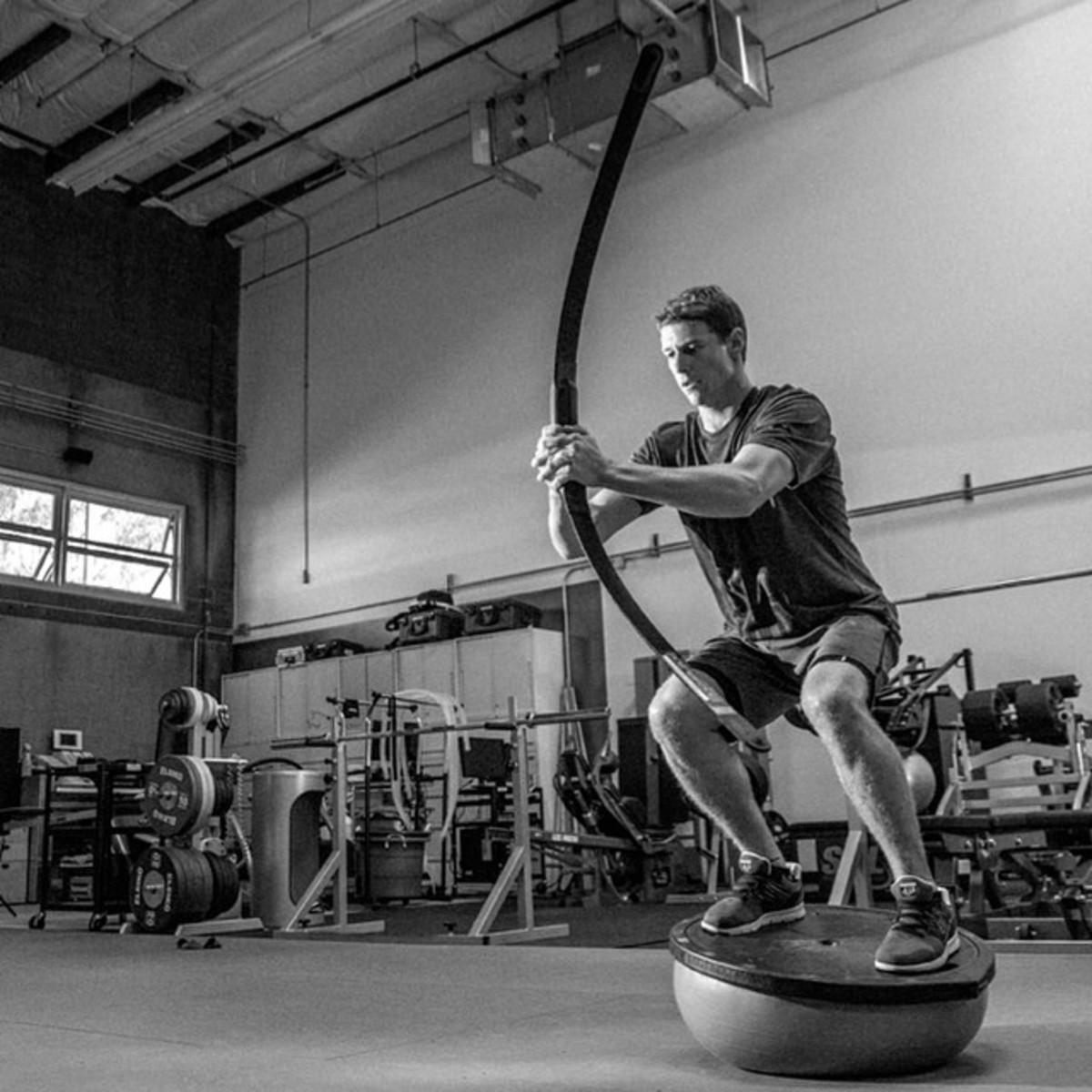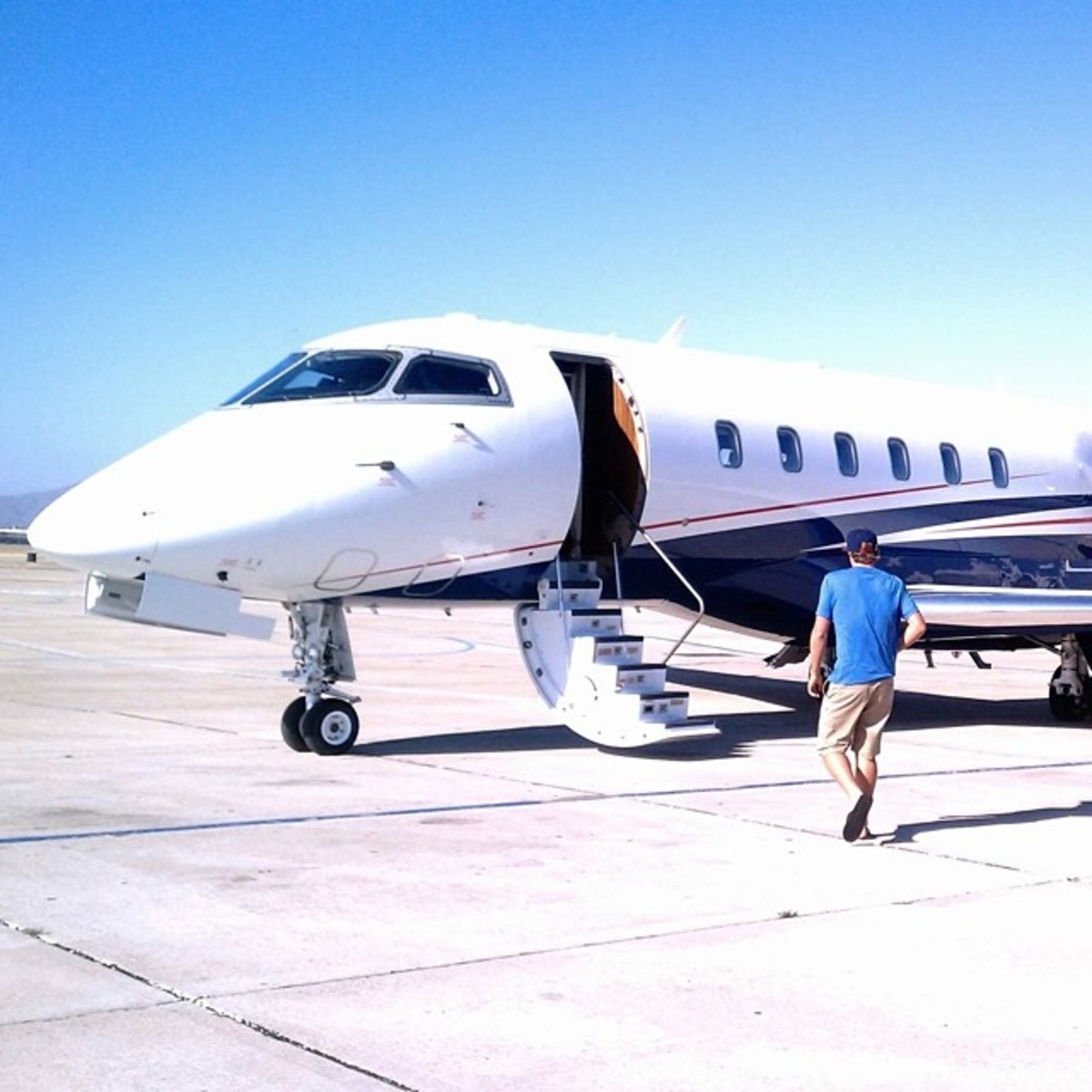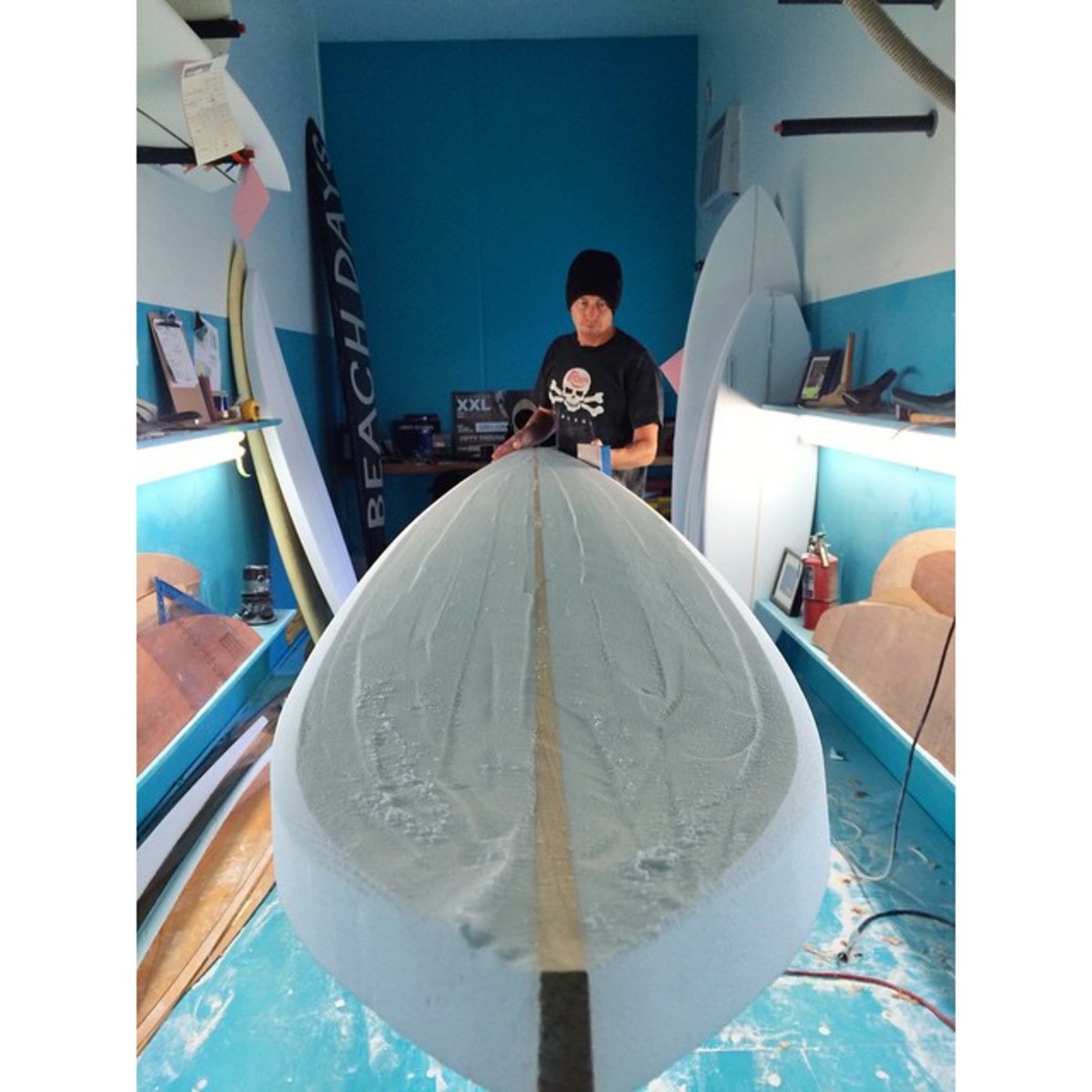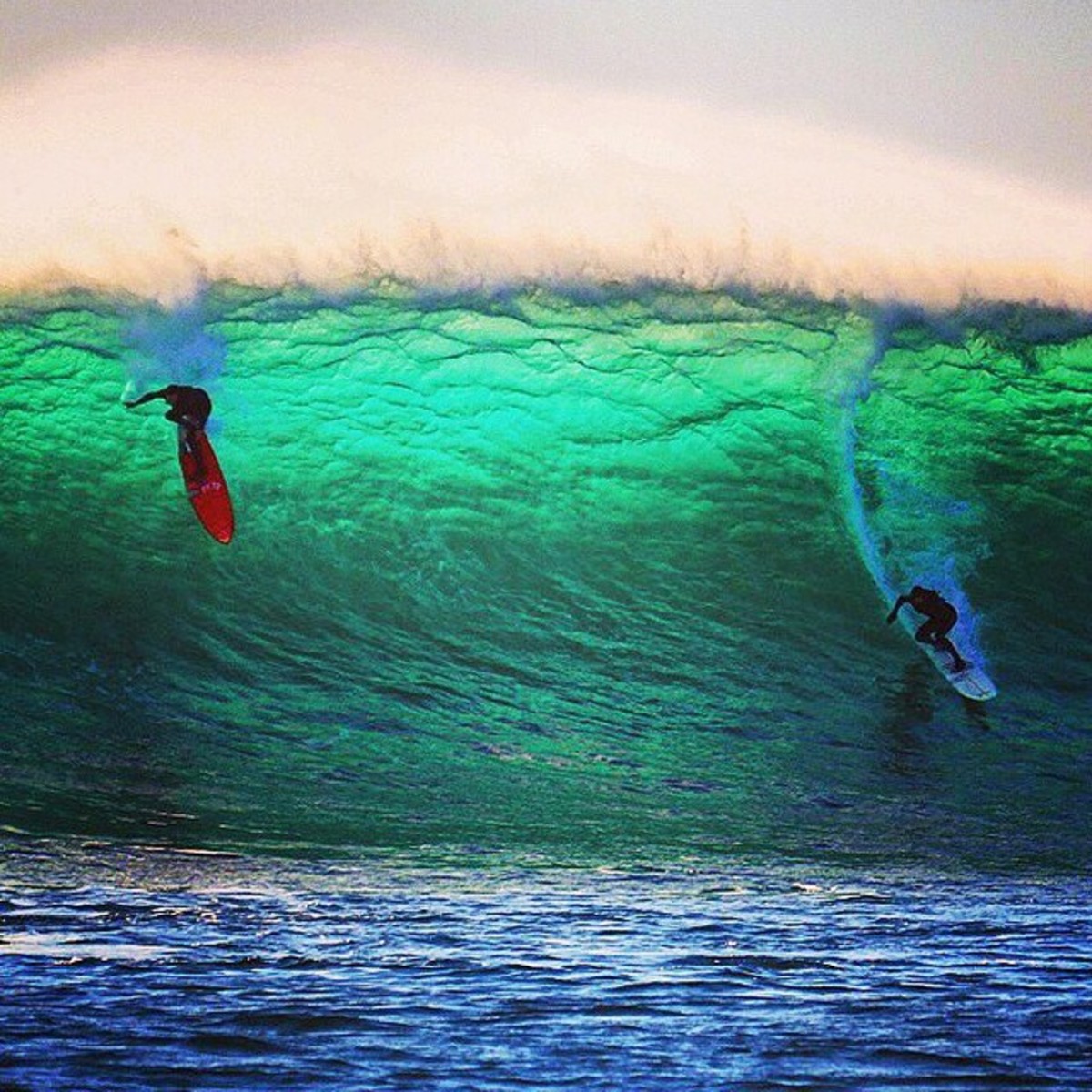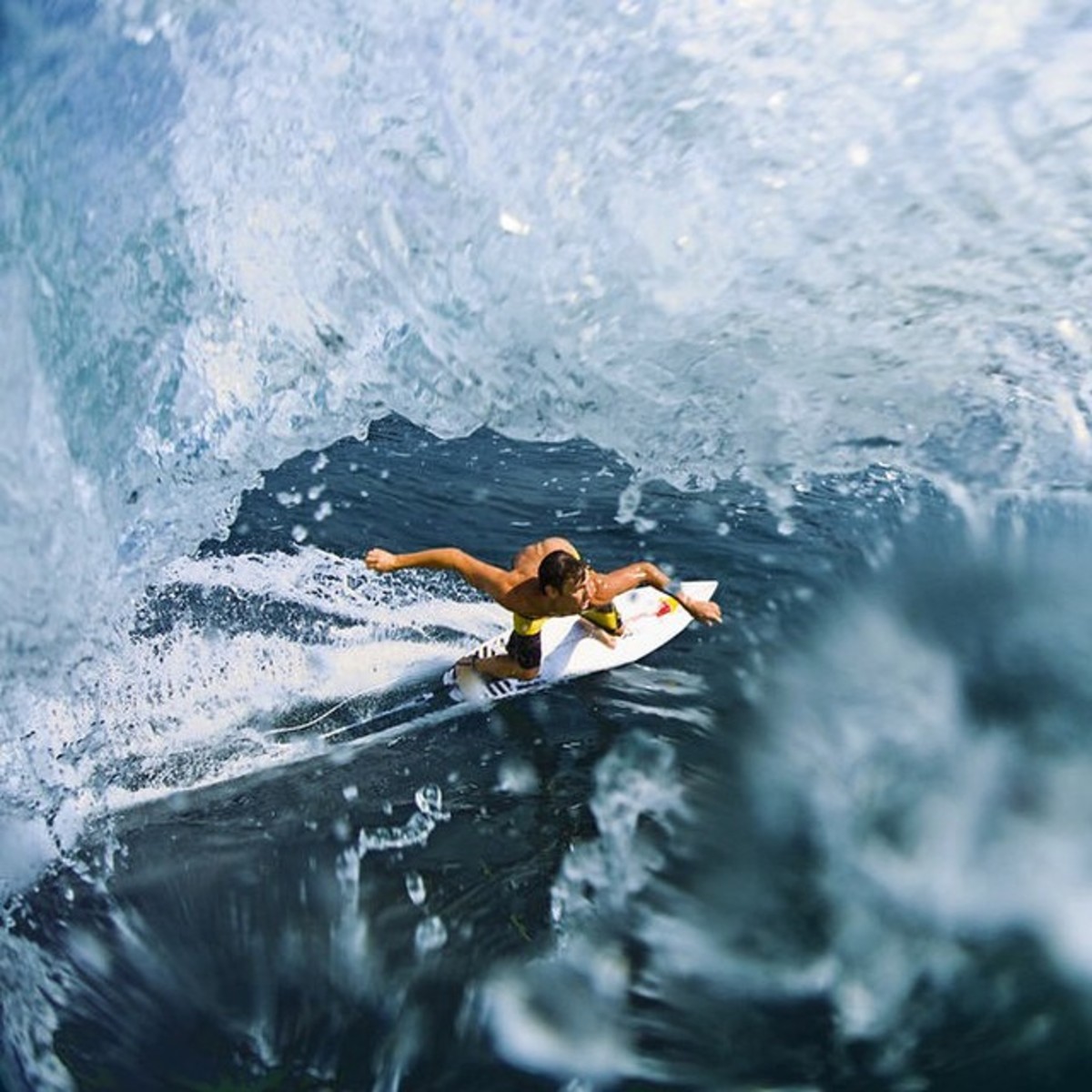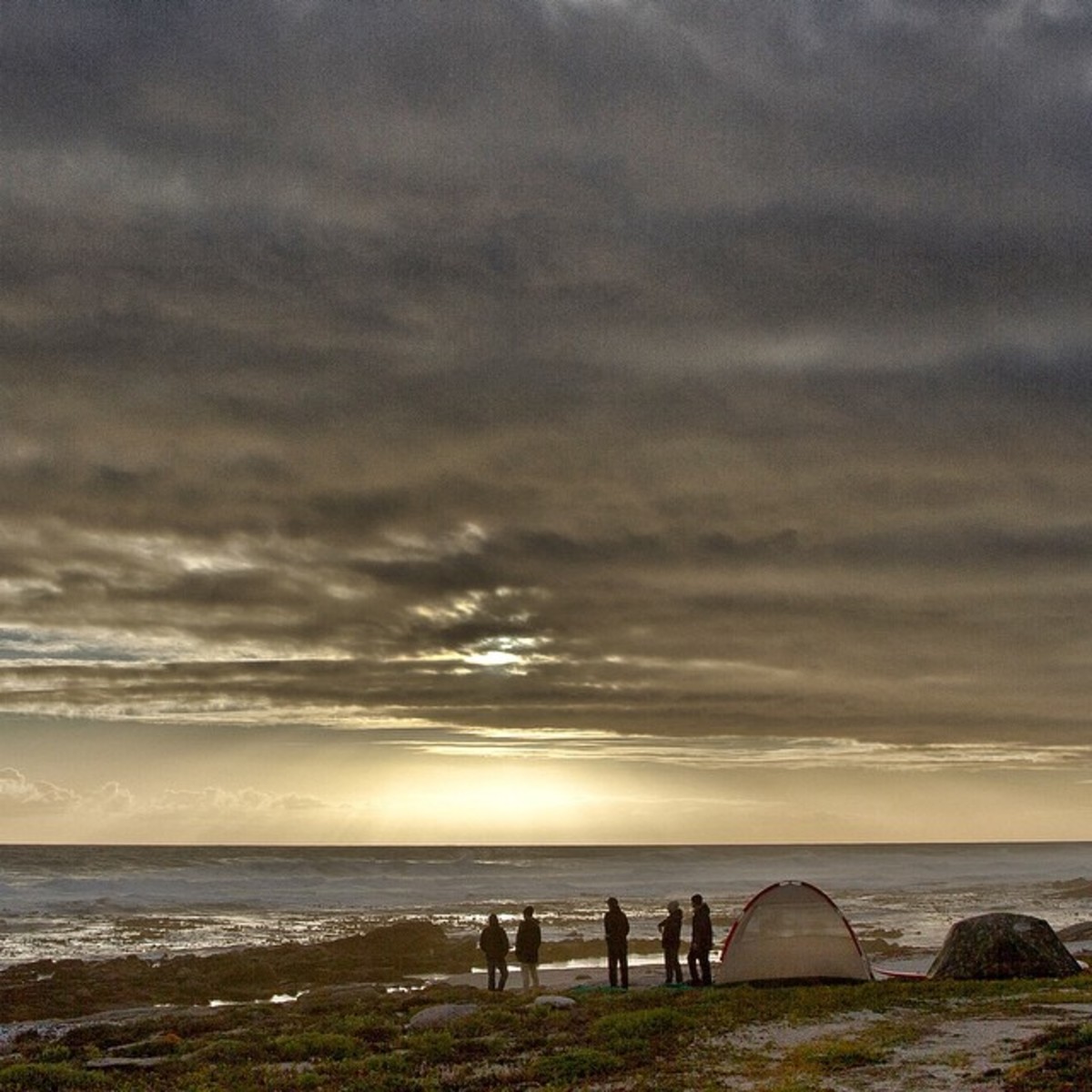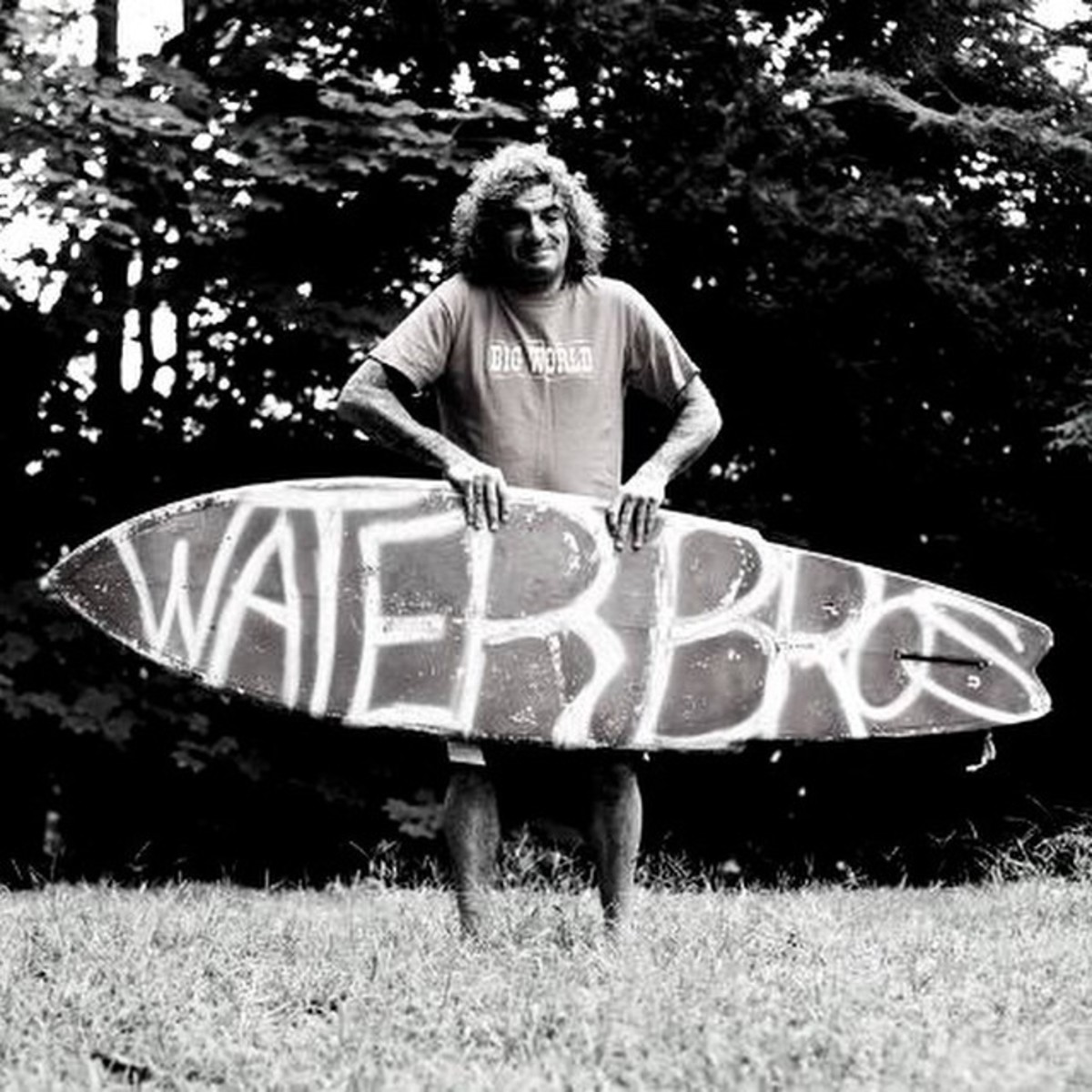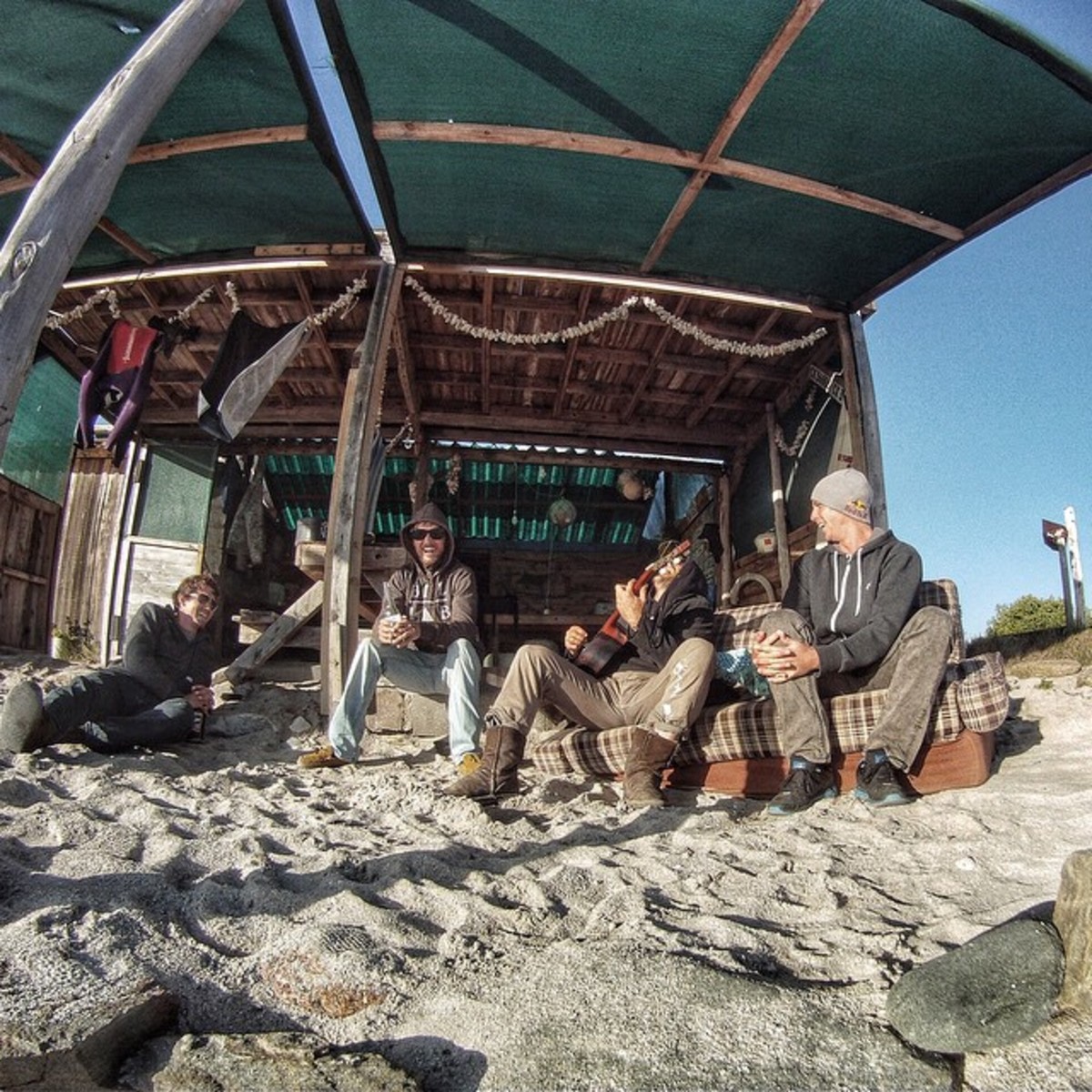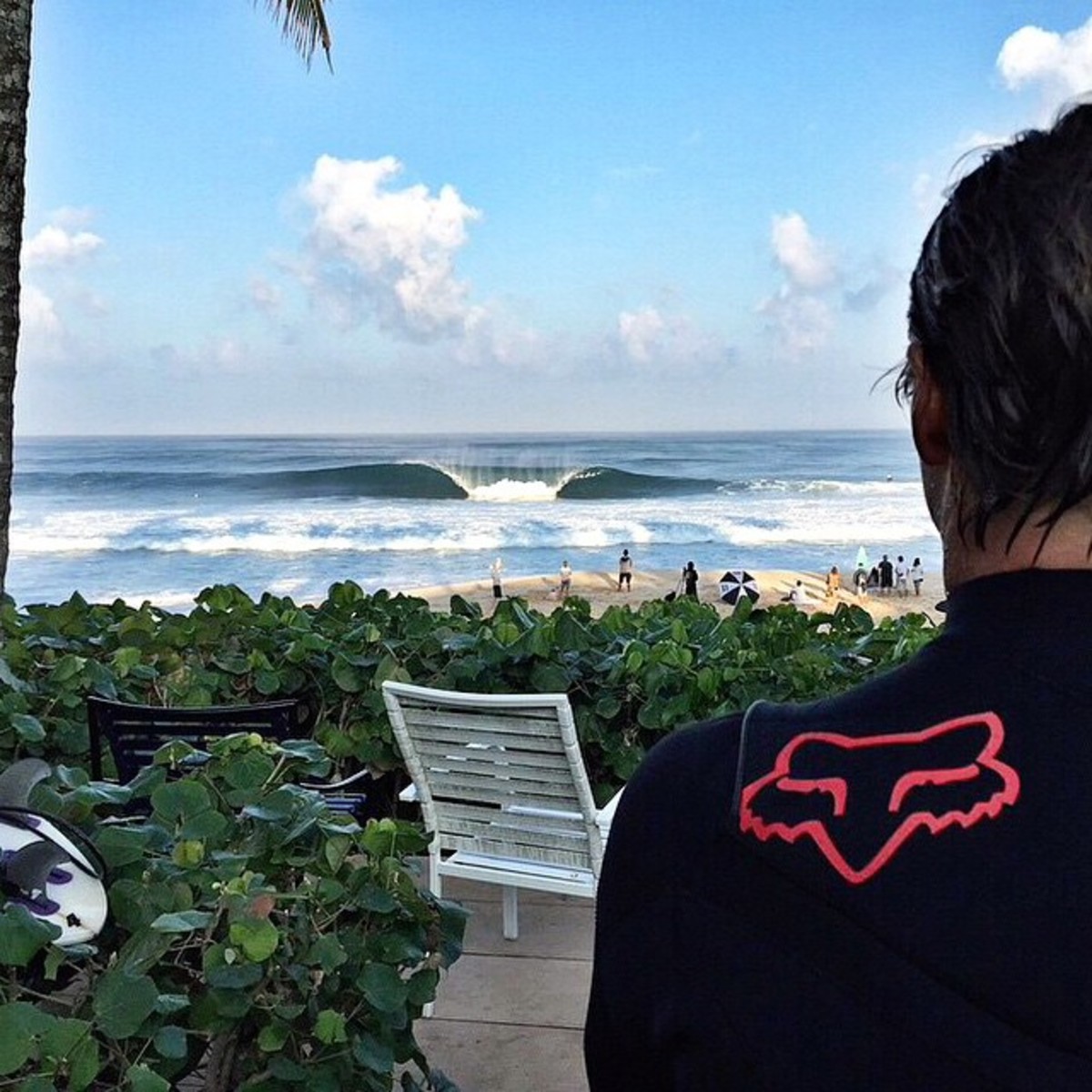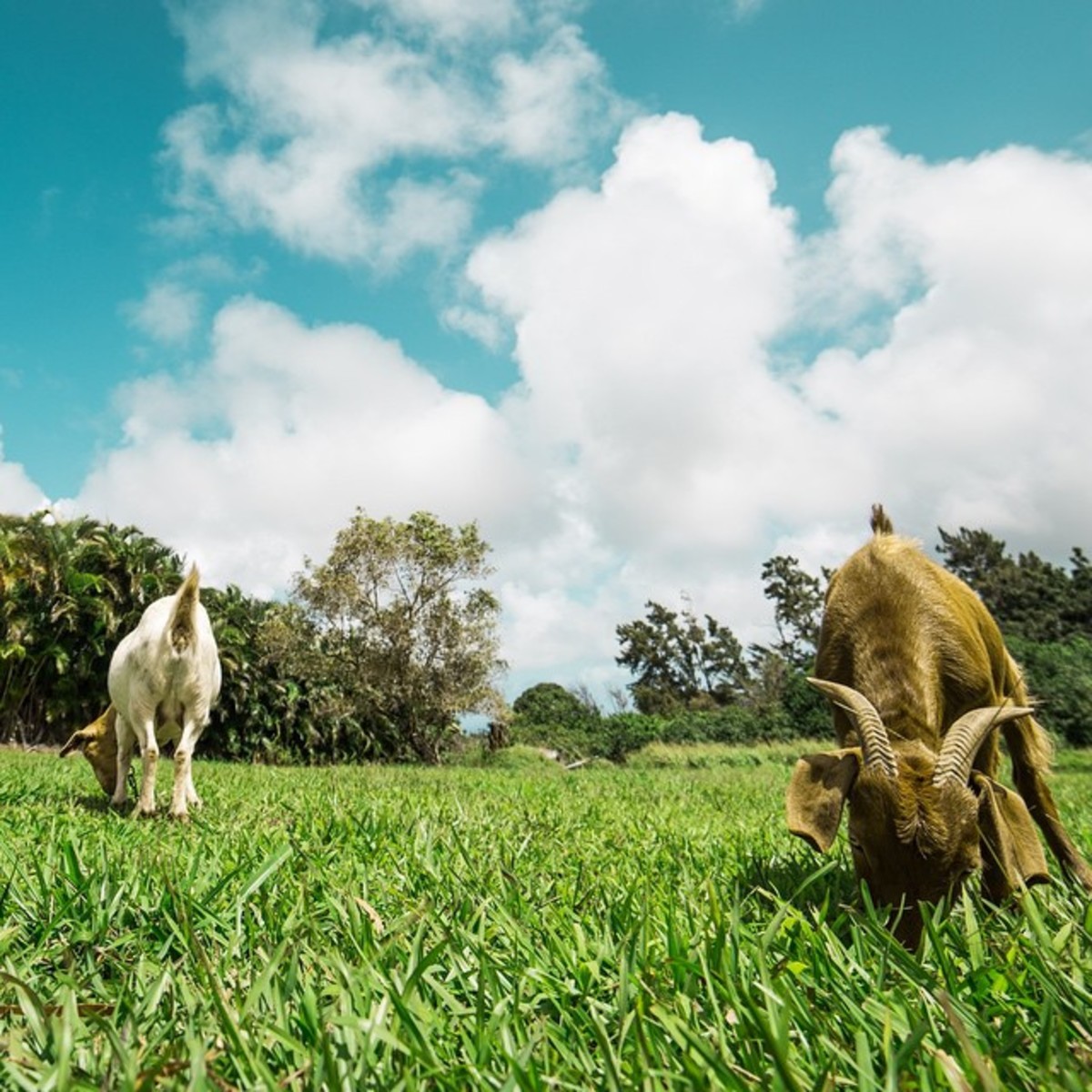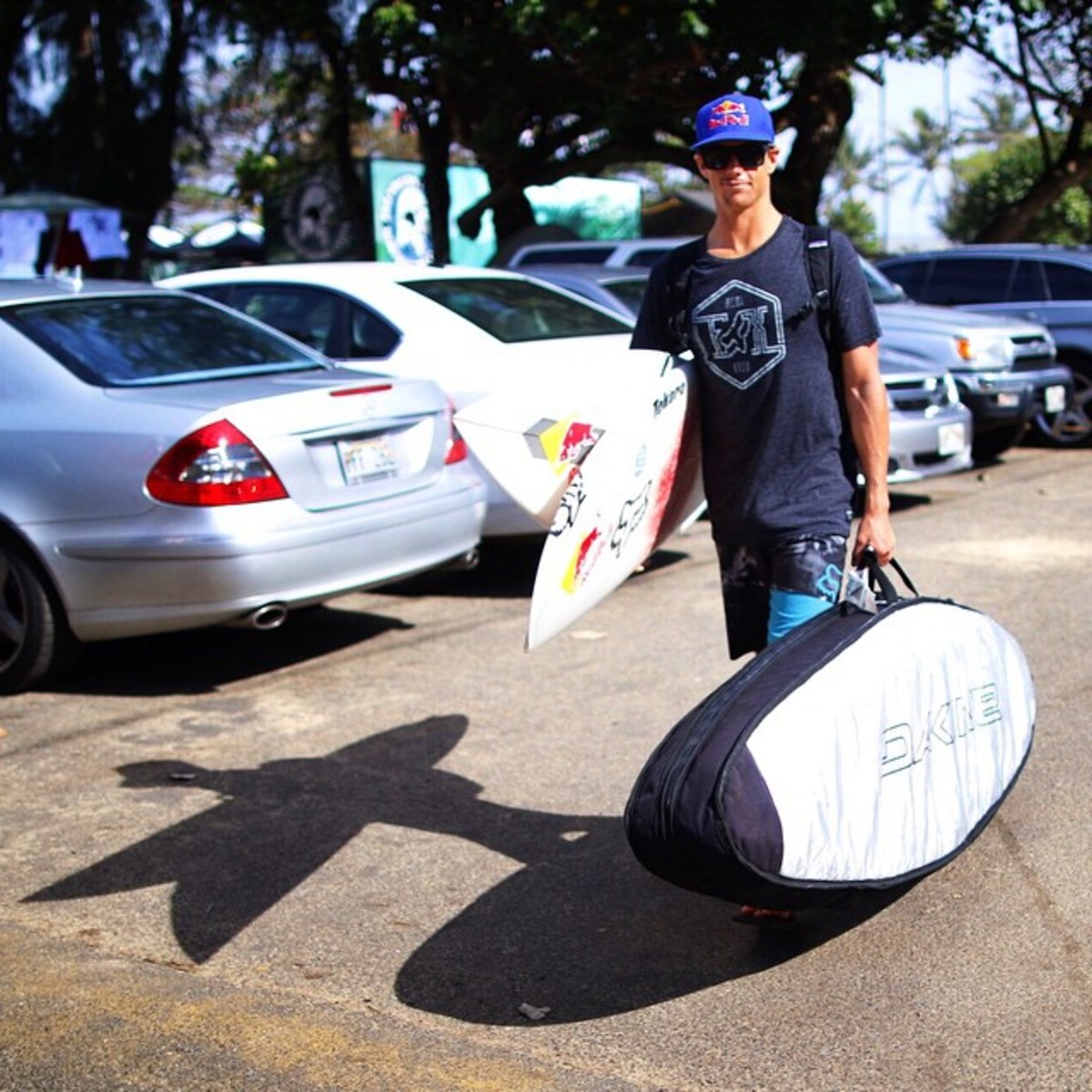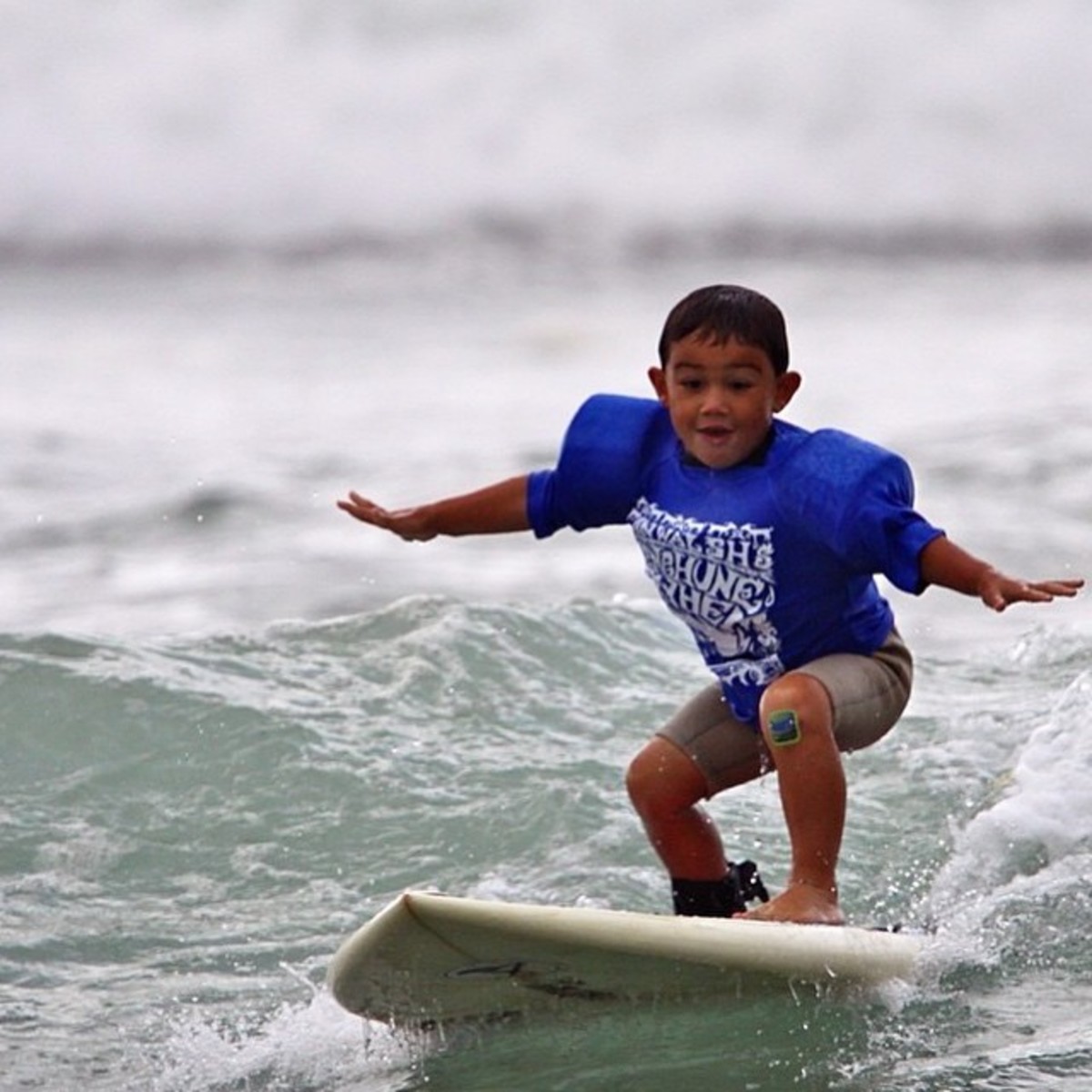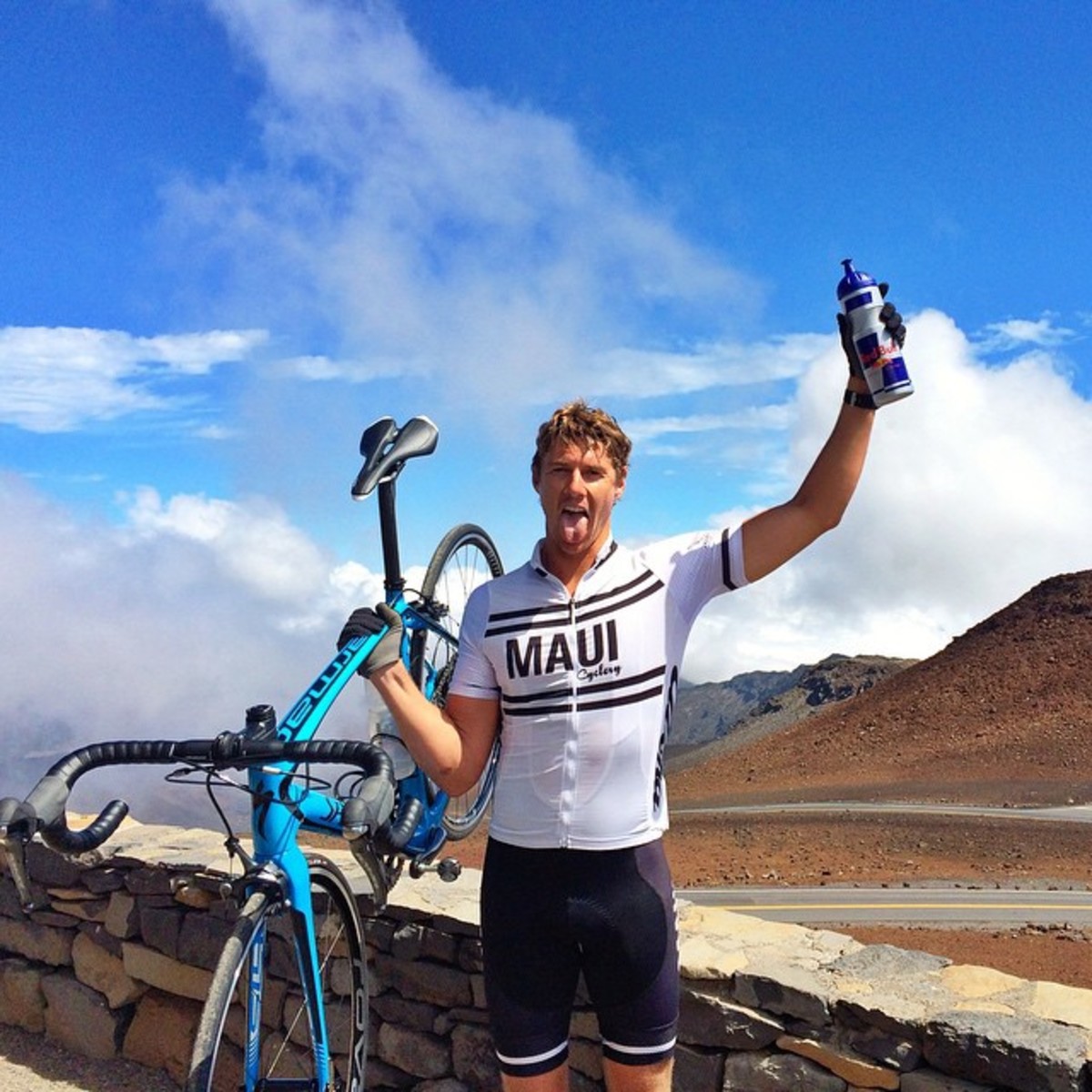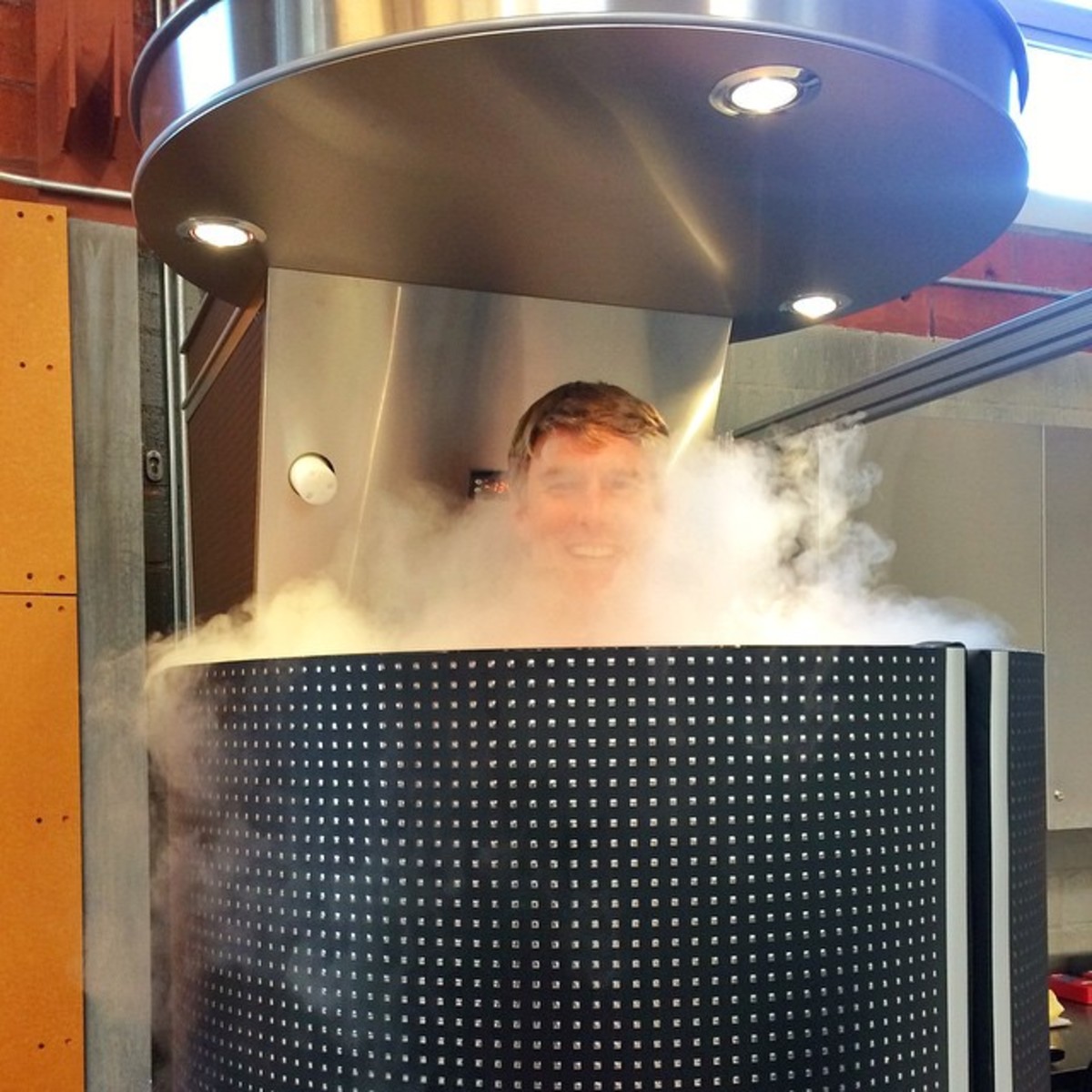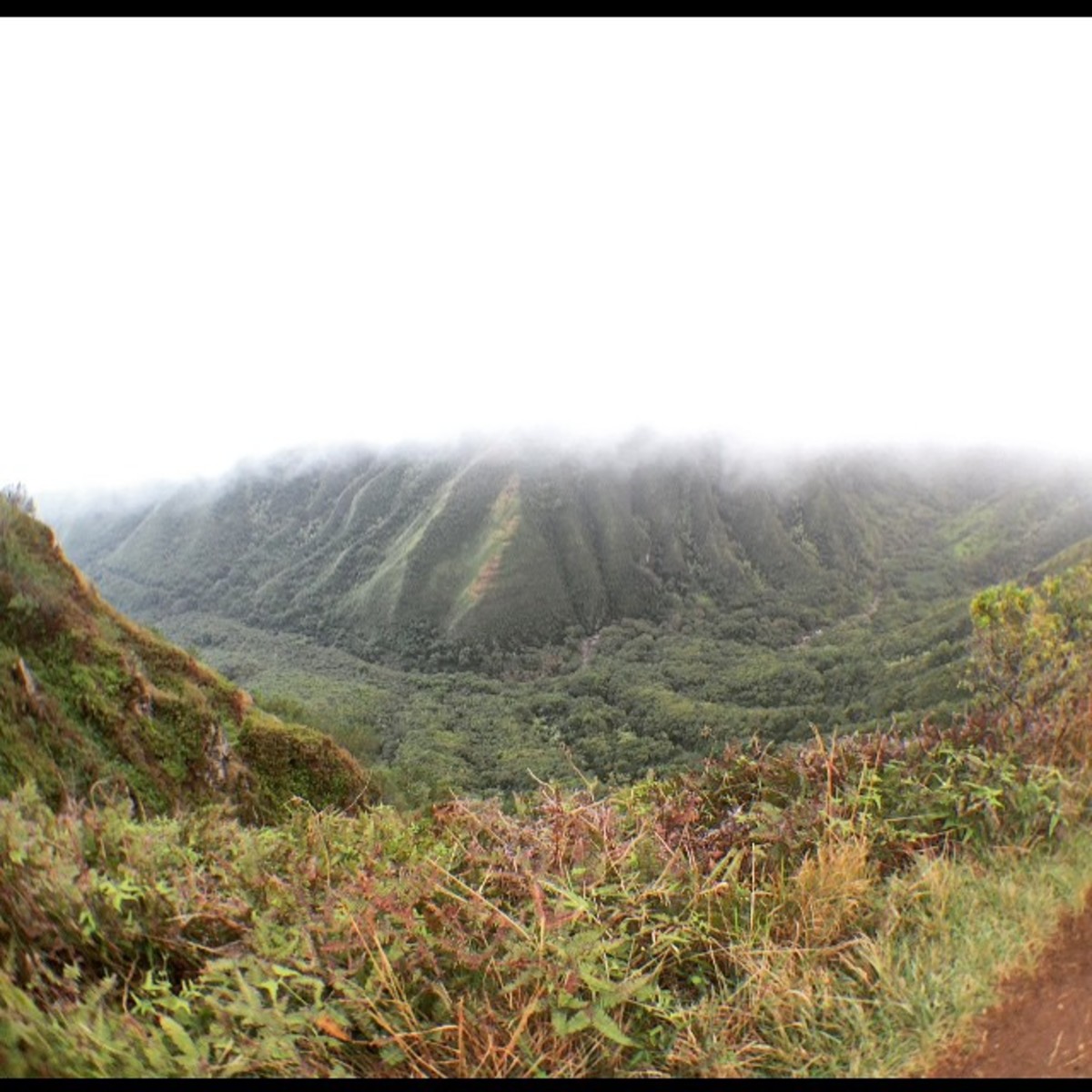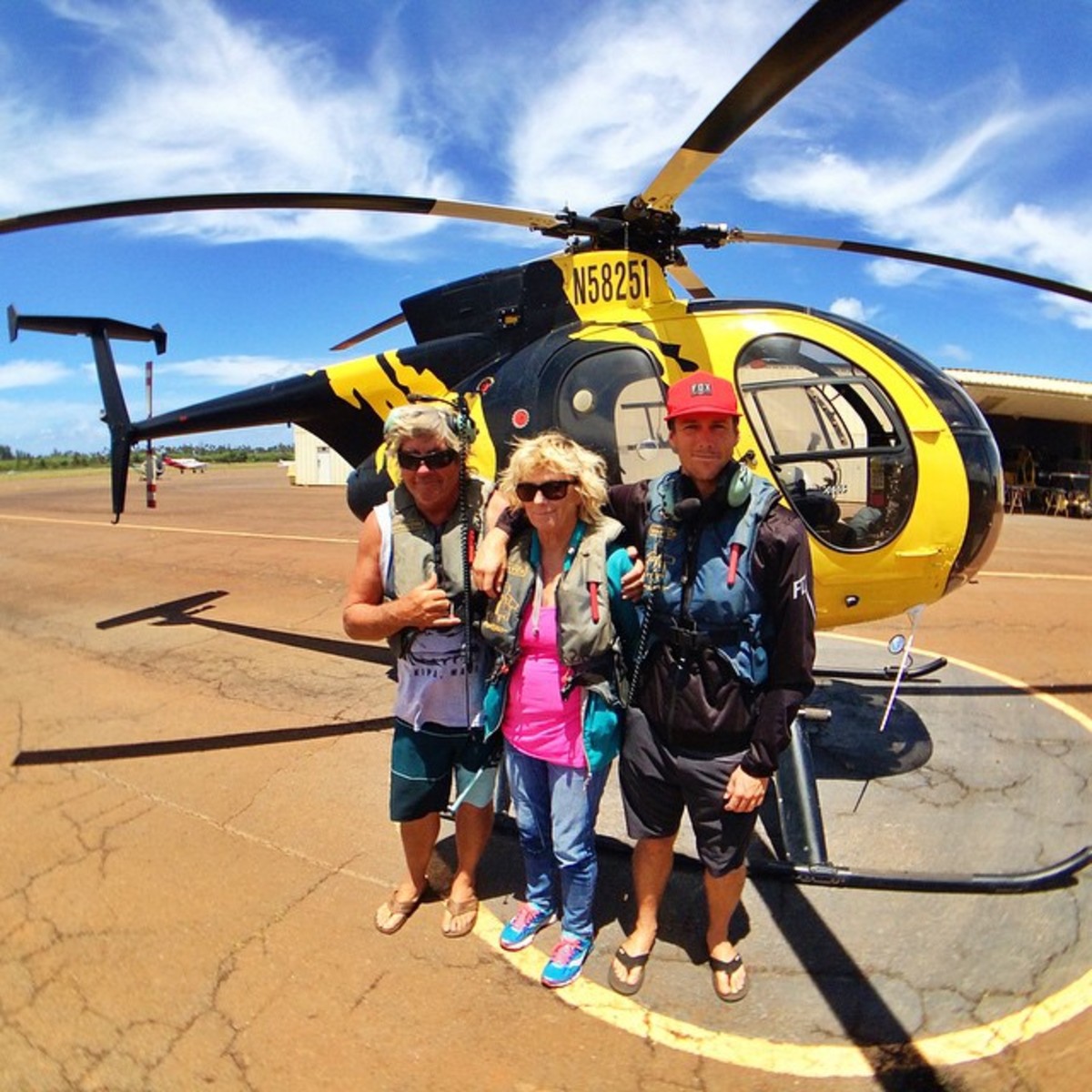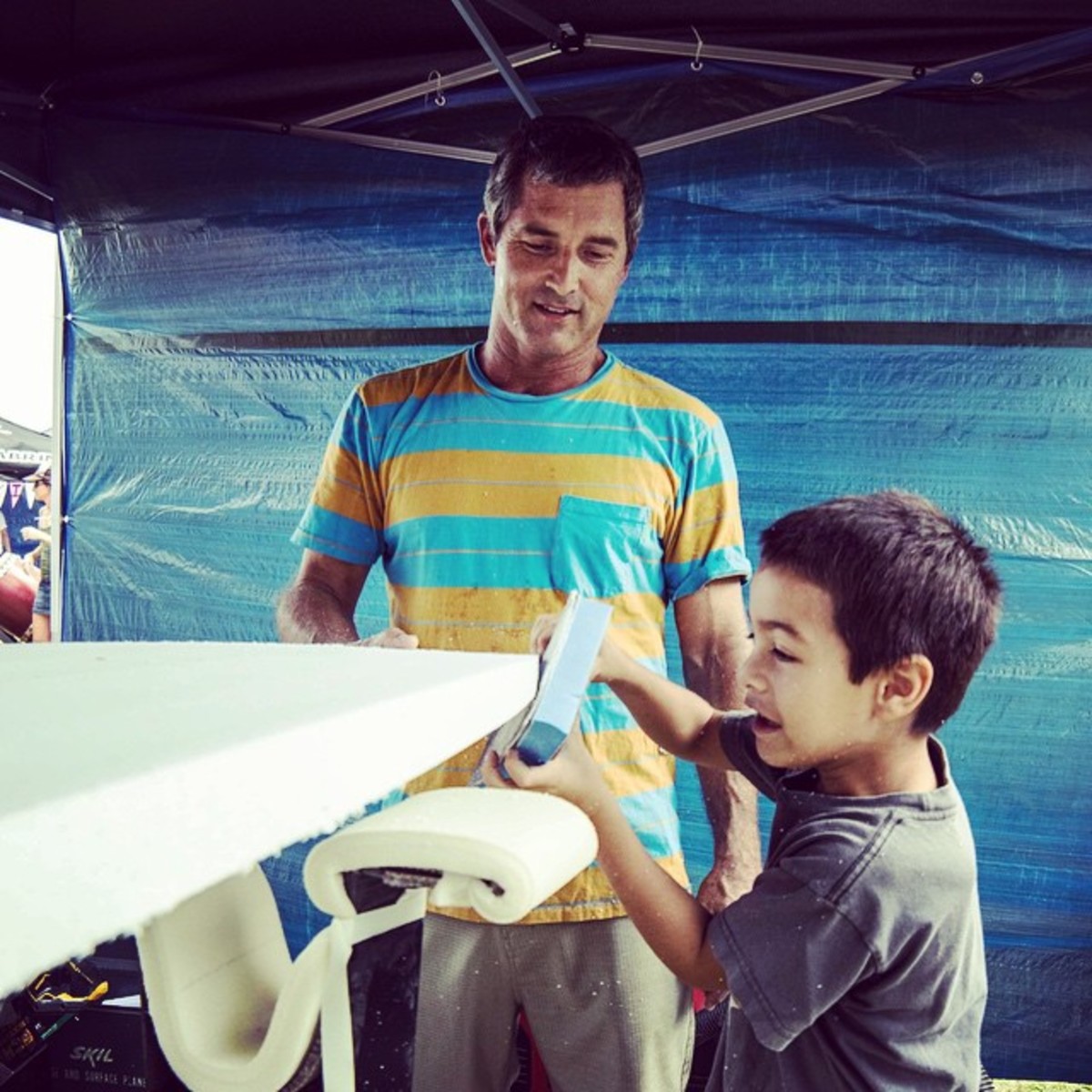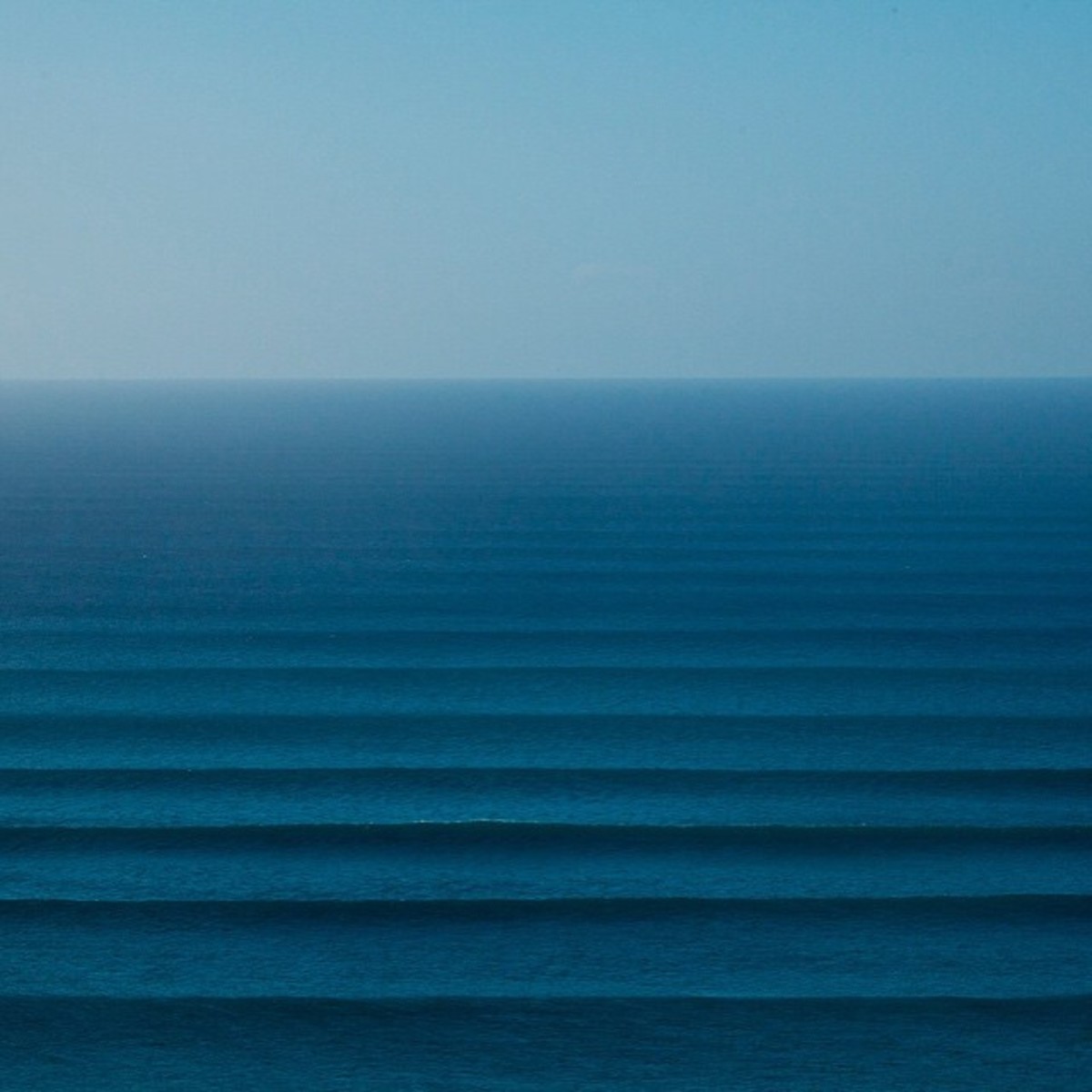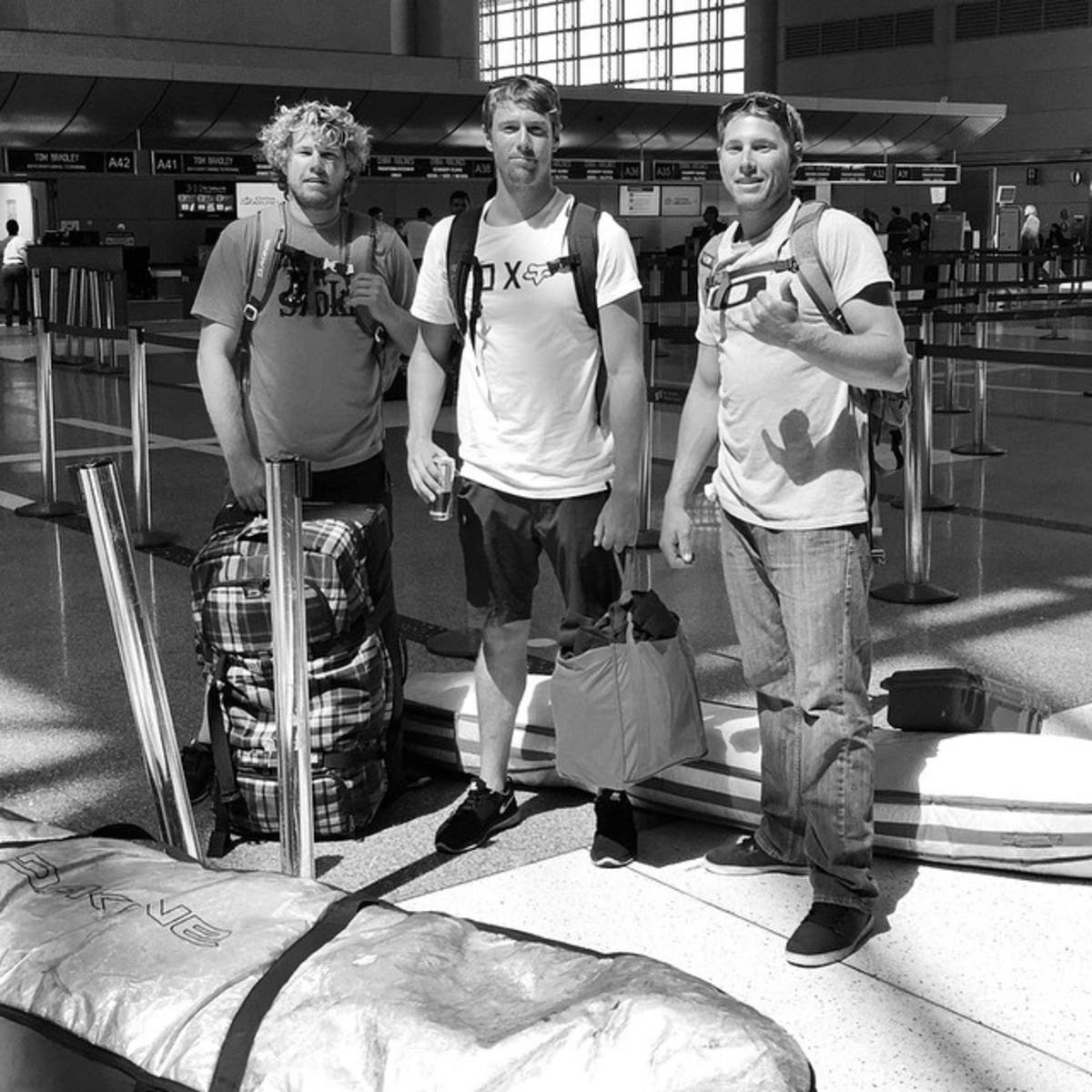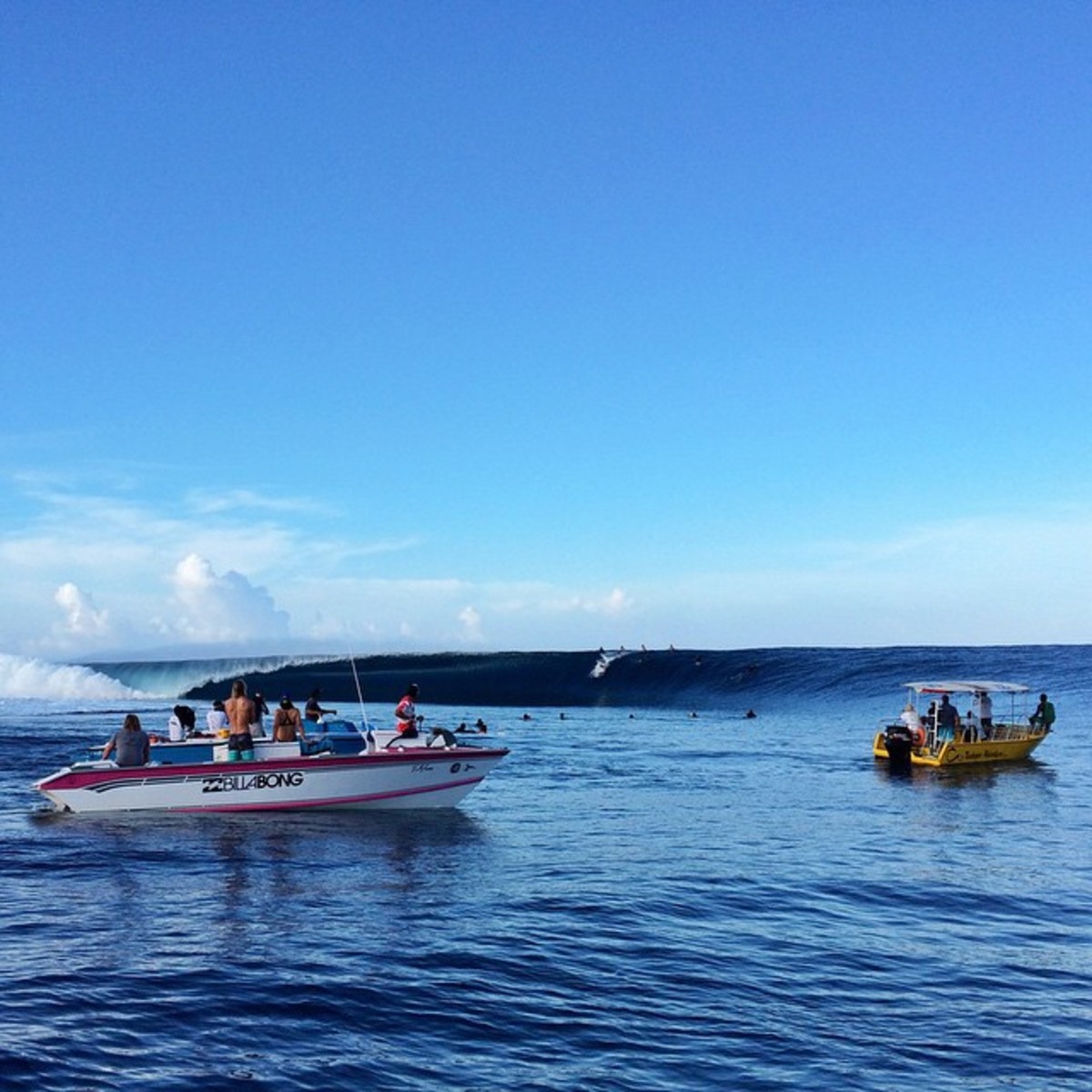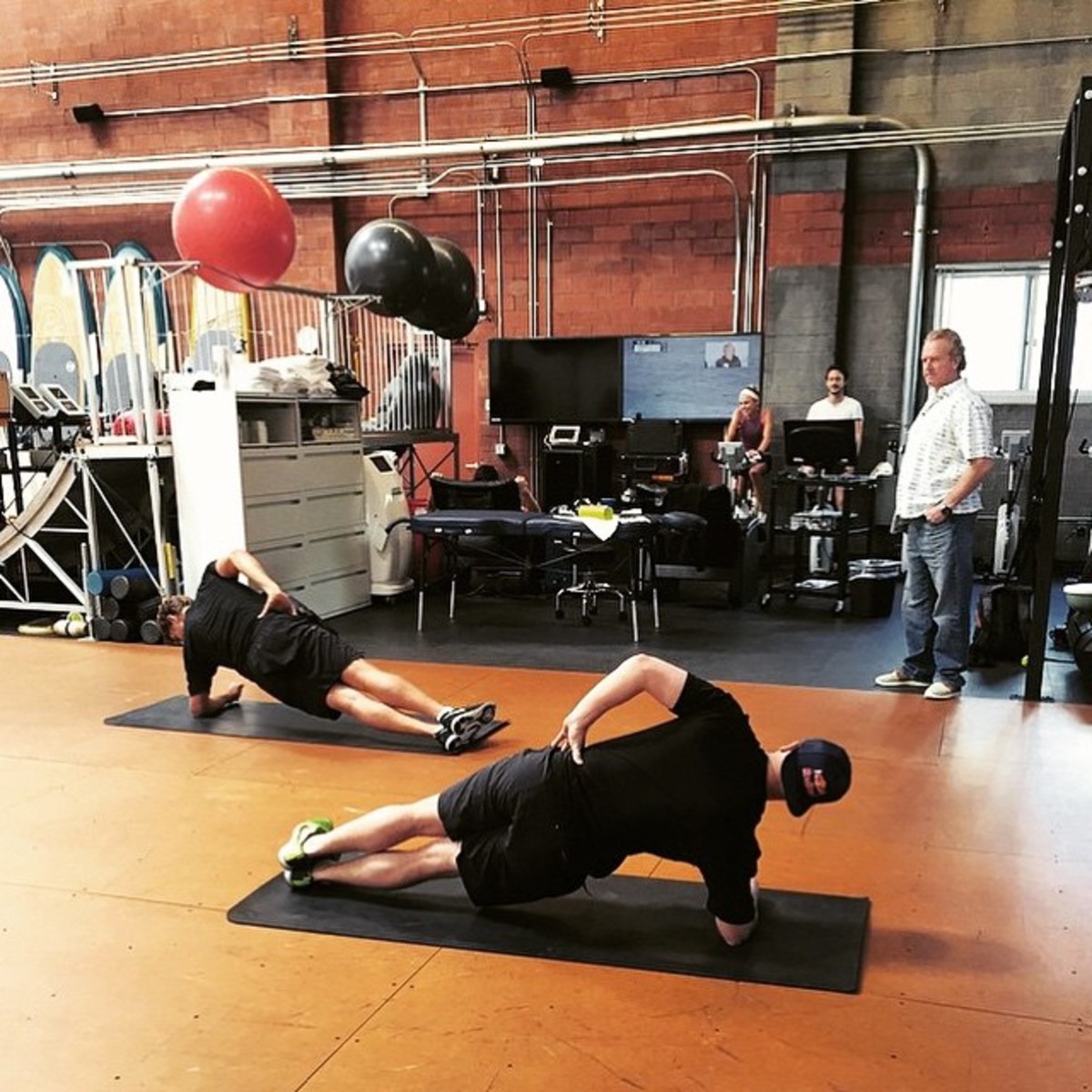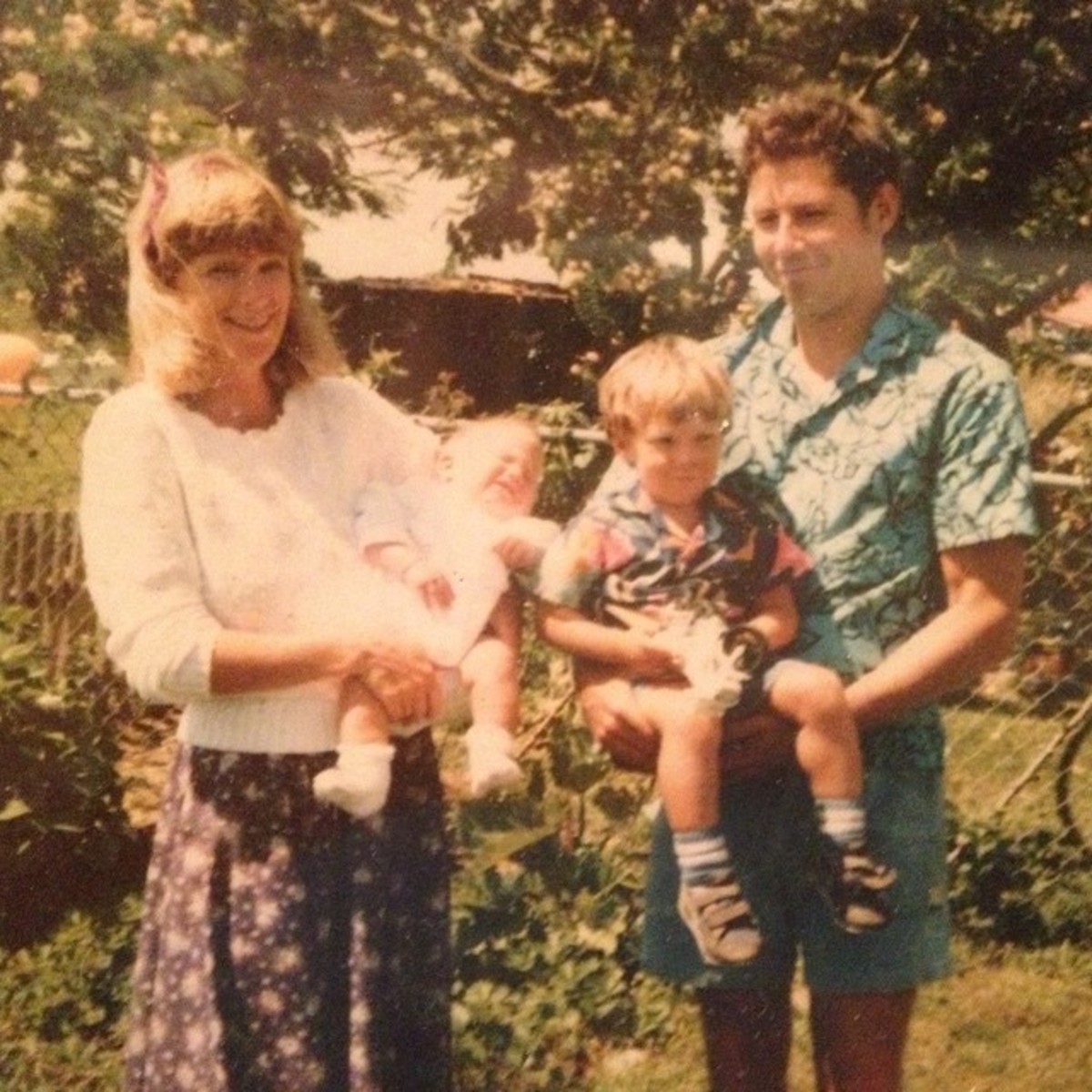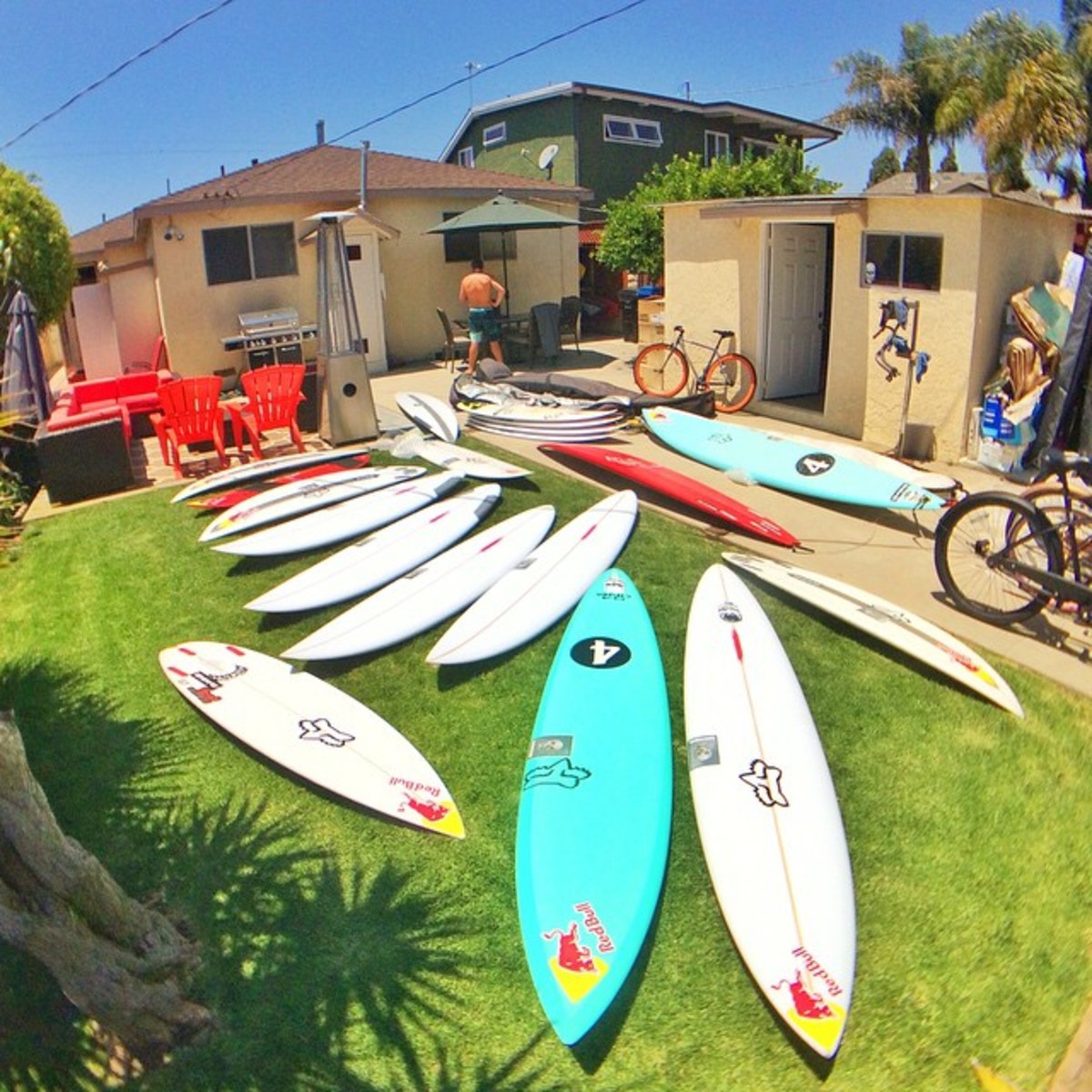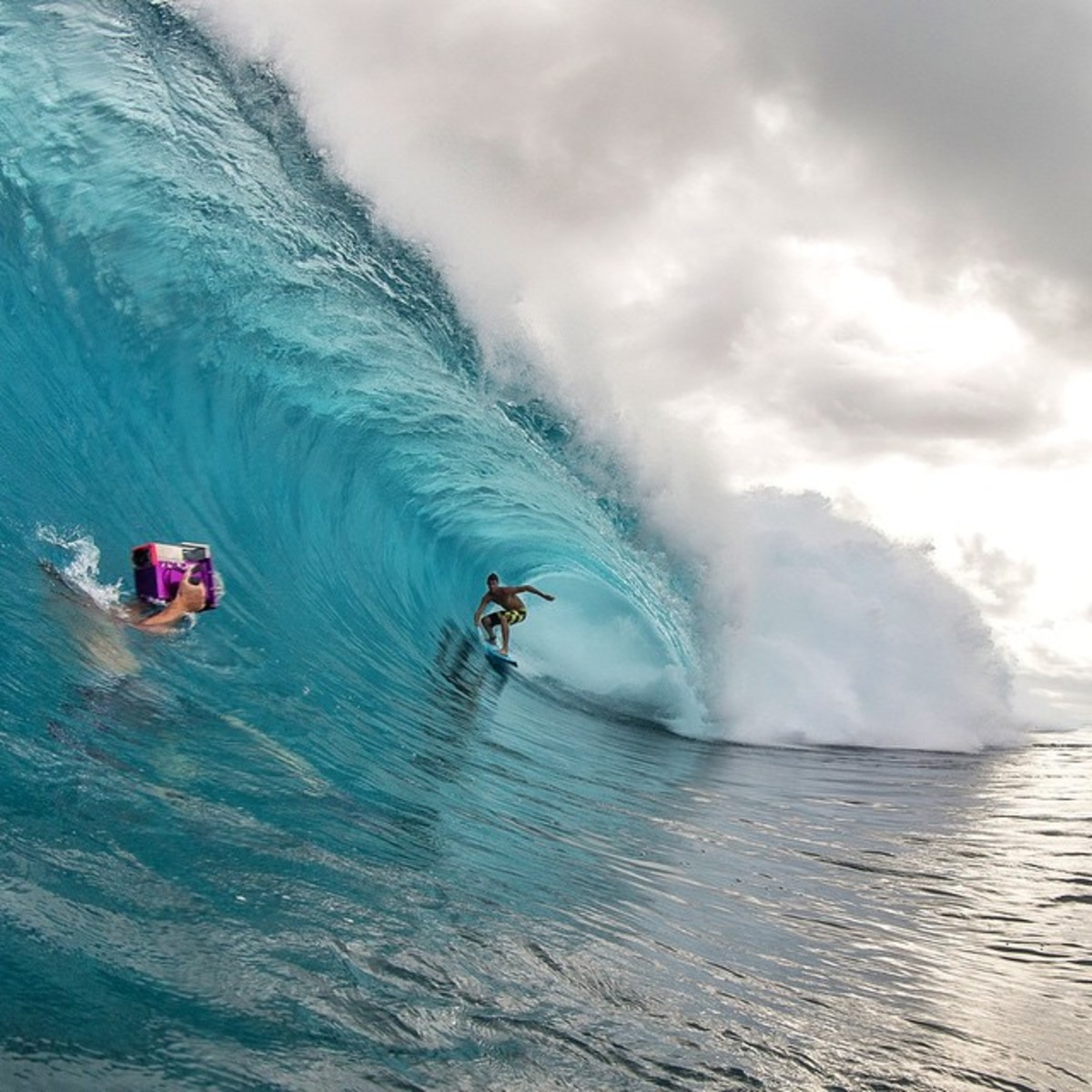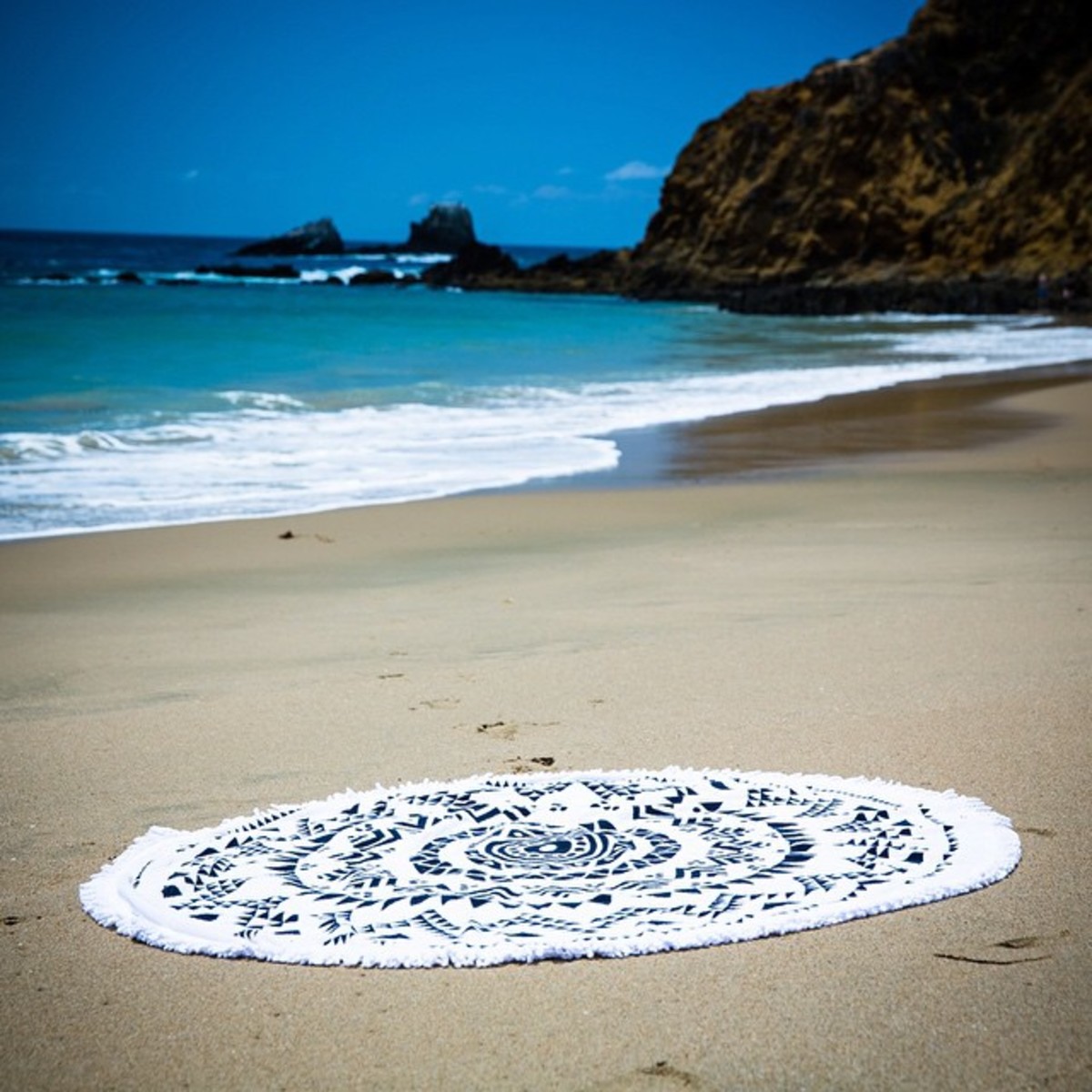Training with Ian Walsh: Building mind and body to take on the biggest waves

Chasing around the world after waves the size of small buildings requires more than a blithe disregard for one’s safety. For big wave surfer Ian Walsh, there’s a science to finding and riding the most colossal walls of water the ocean has to offer. That's why he became an amateur meteorologist. But the 32-year-old Walsh knows that physical and mental fitness are also vital to a surfer’s safety and success.
And in a sport where there is no off-season, merely unpredictable waiting periods between swells, Walsh’s training regimen has been designed to prepare him for the toll of seeking out and battling crushing waves, whenever and wherever they rise from the ocean.
“[Big wave surfing] does become draining ... There’s always a storm or a swell going somewhere,” explains Walsh. “You’re balancing all of these options at once, [you need to] stay fit and prepared to basically drop everything and move towards some of the biggest waves on the planet and be ready to [ride them].”
If Walsh is surfing near his hometown of Maui, the process requires simply monitoring the weather off the coast of northeast Japan as it pushes potential waves towards Hawaii. When the storm arrives, it’s five minutes to the beach, and a short jet ski ride out to the waves. However, if he and his support crew are traveling around the world to South Africa, Fiji or Australia, among other locations, they have a week at most, and the process is much more complicated—and sporadic.
“[The unpredictability] plays a big role in how we prepare, and the way we stay prepared all year,” says Walsh. “It’s a challenge.”
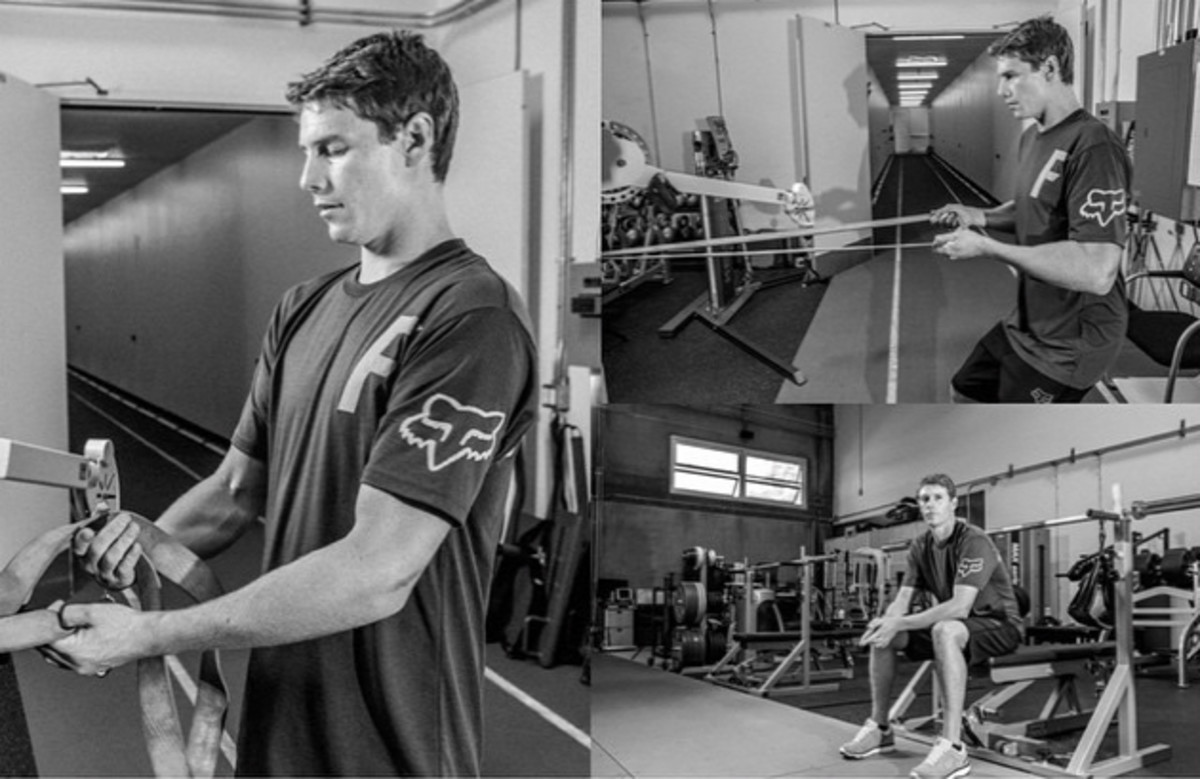
For Walsh, that preparation includes working with a trainer at home, constantly watching his nutritional intake, and spending plenty of time doing work in the water. But the core of the program put together by Walsh’s trainer, Samantha Campbell, owner of the Deep Relief Athletic Training Center, is increasing Walsh’s stamina and breathing capabilities in high-intensity situations, like getting pummeled by a series of 70-foot waves.
Barbarian Days: William Finnegan's surfing memoir is a glorious ride
“What Samantha and I generally do in the gym is build off the baseline of what my lungs can do when they’re completely relaxed in a very comfortable setting,” says Walsh. “And then we recreate the stresses of what it’s like to be held under water by a wave. Your heart rate’s a lot higher, your limbs are flying all over the place. It feels like you’re trying to hold your breath through a car accident with your eyes closed.”
Many of the things that Walsh and his trainers work on in the gym reflect what he’d likely encounter in the ocean, like going through circuit training while working on breathing techniques, an effective simulation of getting dragged under by a wave. However, as Walsh and Campbell explain, the most difficult part of his training is the scheduling.
“We’ll make goals depending on the season,” says Campbell. “In winter, we’re balancing contests with trying to gain fitness to last through the whole season. That’s when we’d be working on explosiveness and more efficient cardio.”
During the winter block, Walsh’s program has him in the gym five days a week, building his stamina and explosiveness with such workouts as the box jump, with and without weights, and exercises using a medicine ball, all with the intent of increasing Walsh’s leg stability.
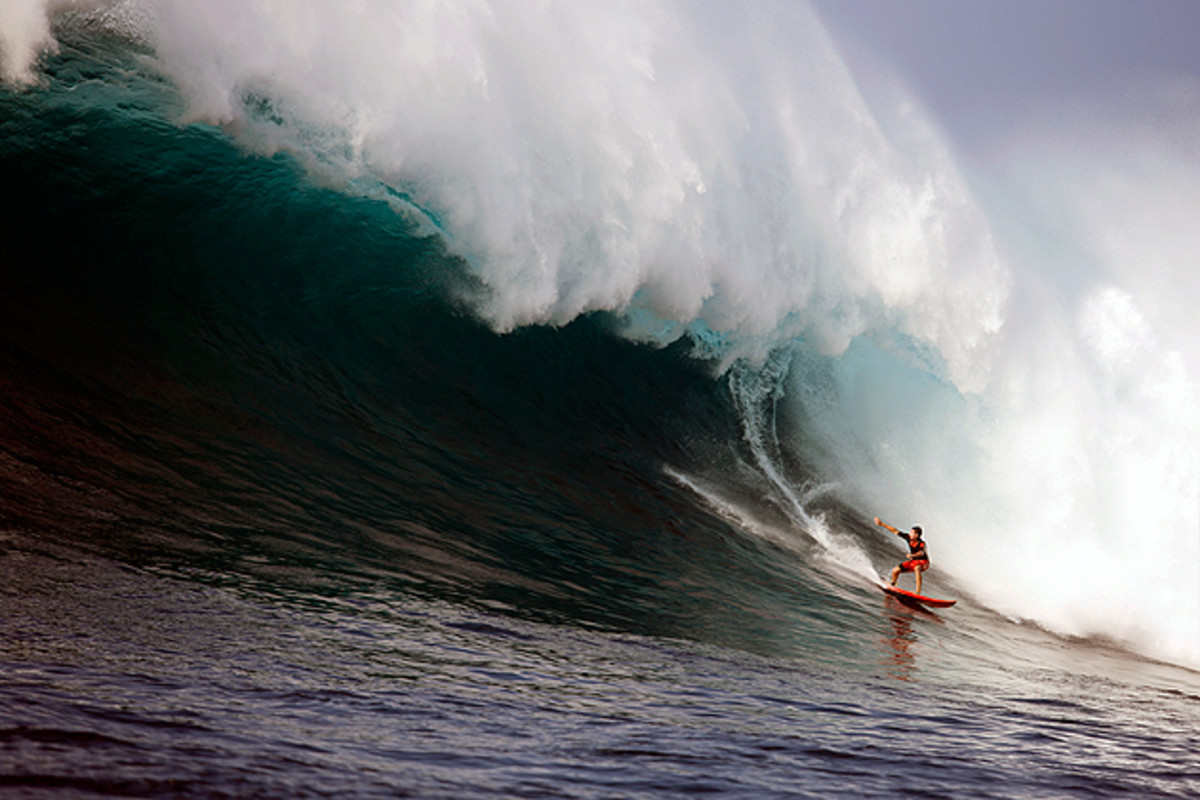
“This time of year, we’re focusing on adding baseline aerobic fitness,” says Campbell, “maintaining flexibility and balance on both sides of his body and adding upper body endurance so he can push hard in the more harsh ocean conditions.”
Always on the move—Walsh was on the way to the airport when we spoke—the big wave pro is still able to find enjoyment in a sport with stakes seemingly as high as the waves its athletes attempt to conquer.
“When the waves are really big, I feel like I’m using an entire lifetime that I’ve spent in the ocean on every wave I’m riding,” says Walsh. “It’s all being processed and coming to a head right before I take off on one of those waves—I feel like that’s the pinnacle.”
How to increase your stamina/breathing capacity
Exercises provided by Samantha Campbell, ATC, CSCS, owner of Deep Relief Athletic Training Center
- Build your lactate threshold: Do high-intensity cardiovascular workouts (biking, beach runs, hills, shuttle runs, cone course) to increase your baseline stamina.
- Practice static holds: While in the pool, hold your breath under water for a comfortable period, timing yourself to get a baseline number. Repeat, holding your breath longer each time to increase your capacity. (*Always have a spotter.)
- High-intensity breath holds: After you've built breathing capacity and baseline stamina, do a four-minute set of high-intensity work while seated (e.g., on a spin bike, to prevent falls), stopping every minute to hold your breath for 10 seconds. Wait 10 minutes, then repeat. Start with three four-minute sets and slowly build in duration and number.
Gallery: Inside the life of big wave surfer Ian Walsh
A Day in the Life: Professional surfer Ian Walsh
